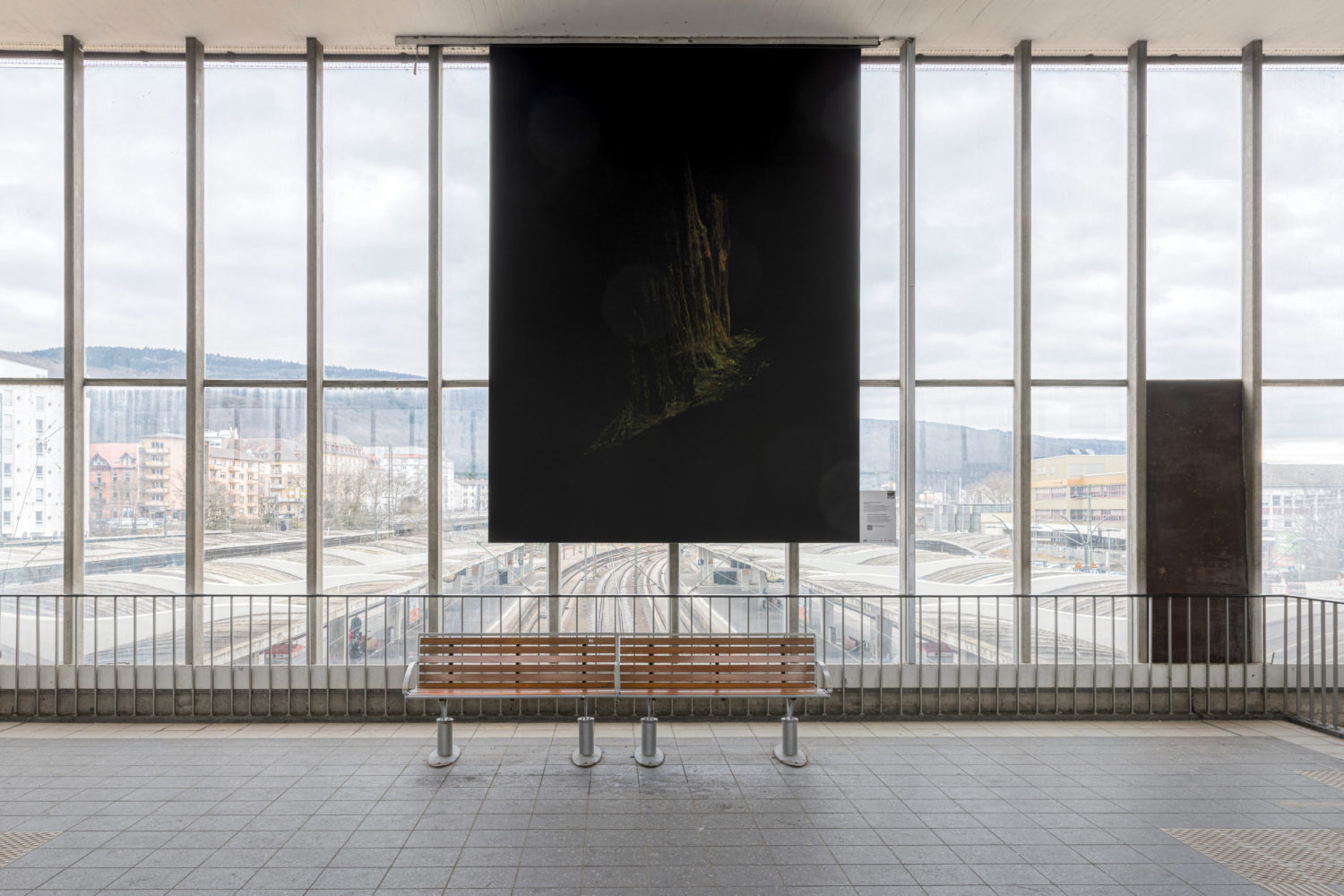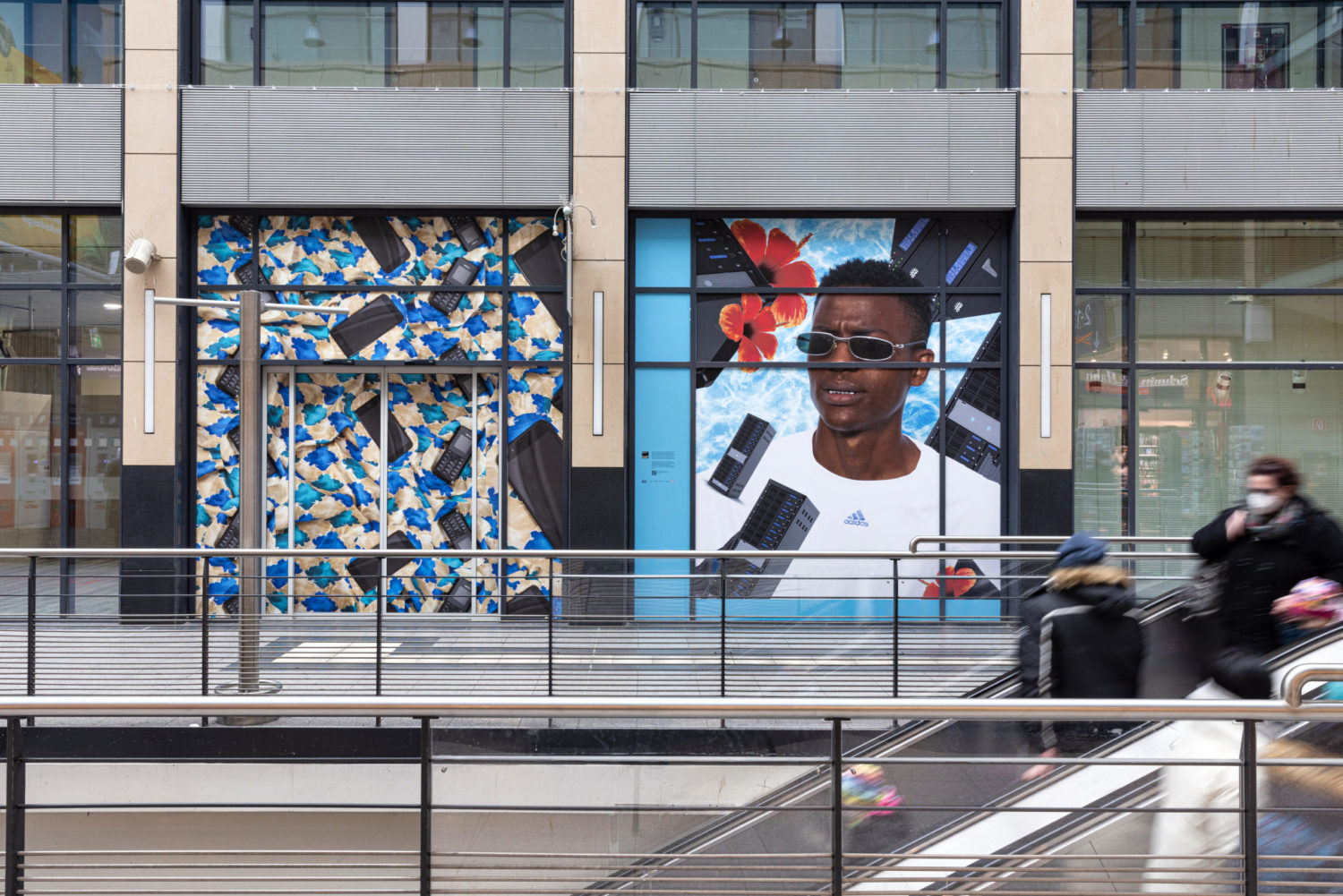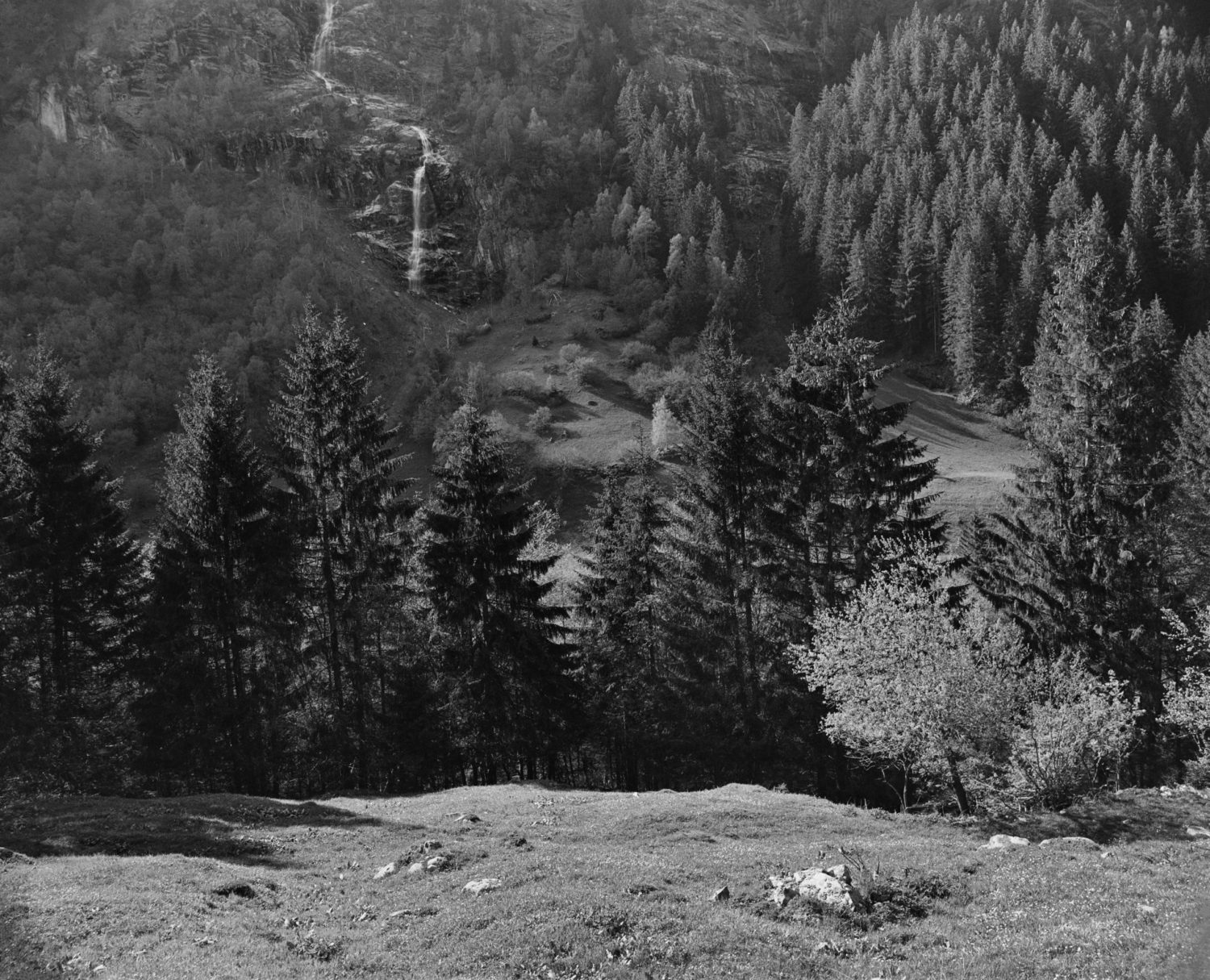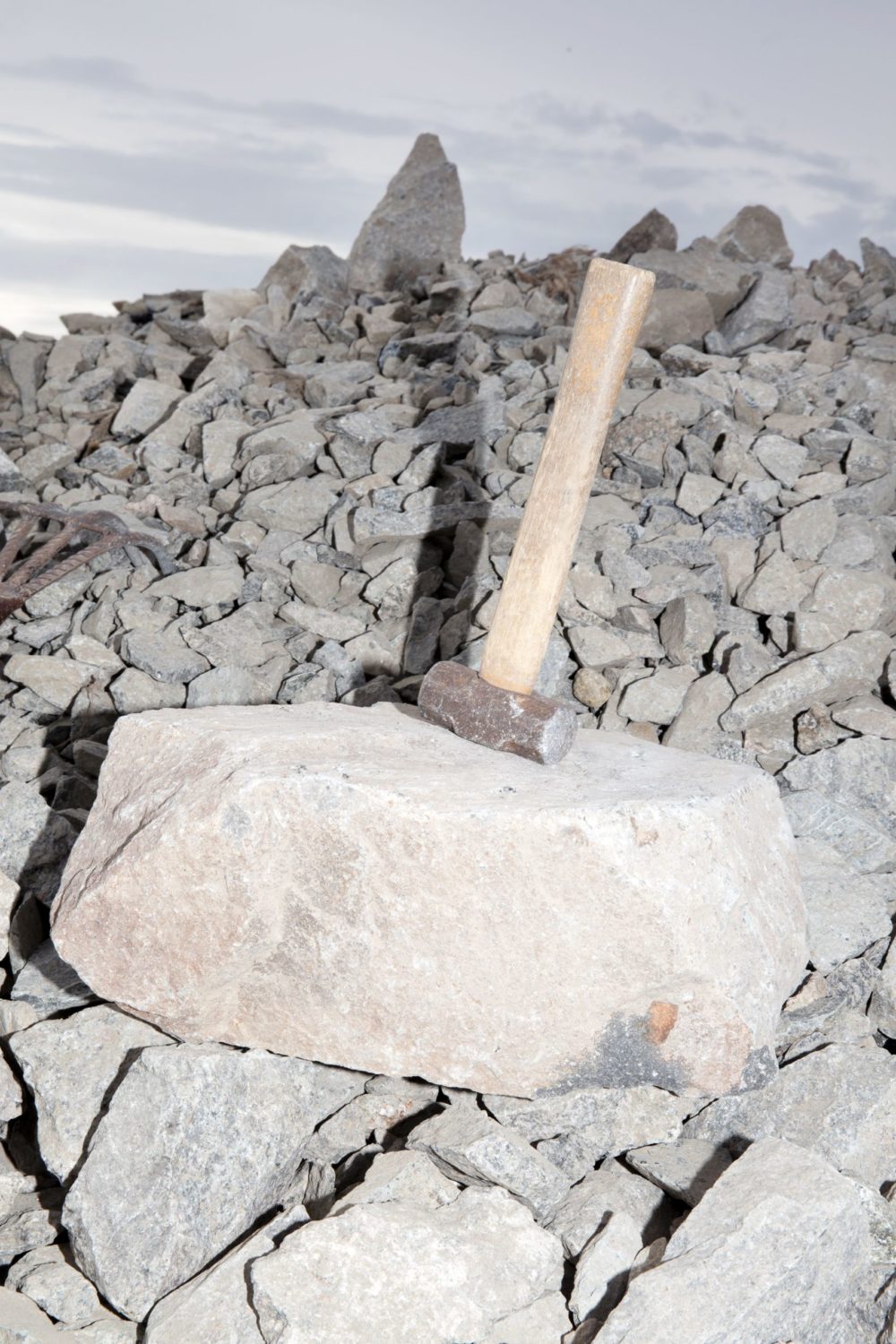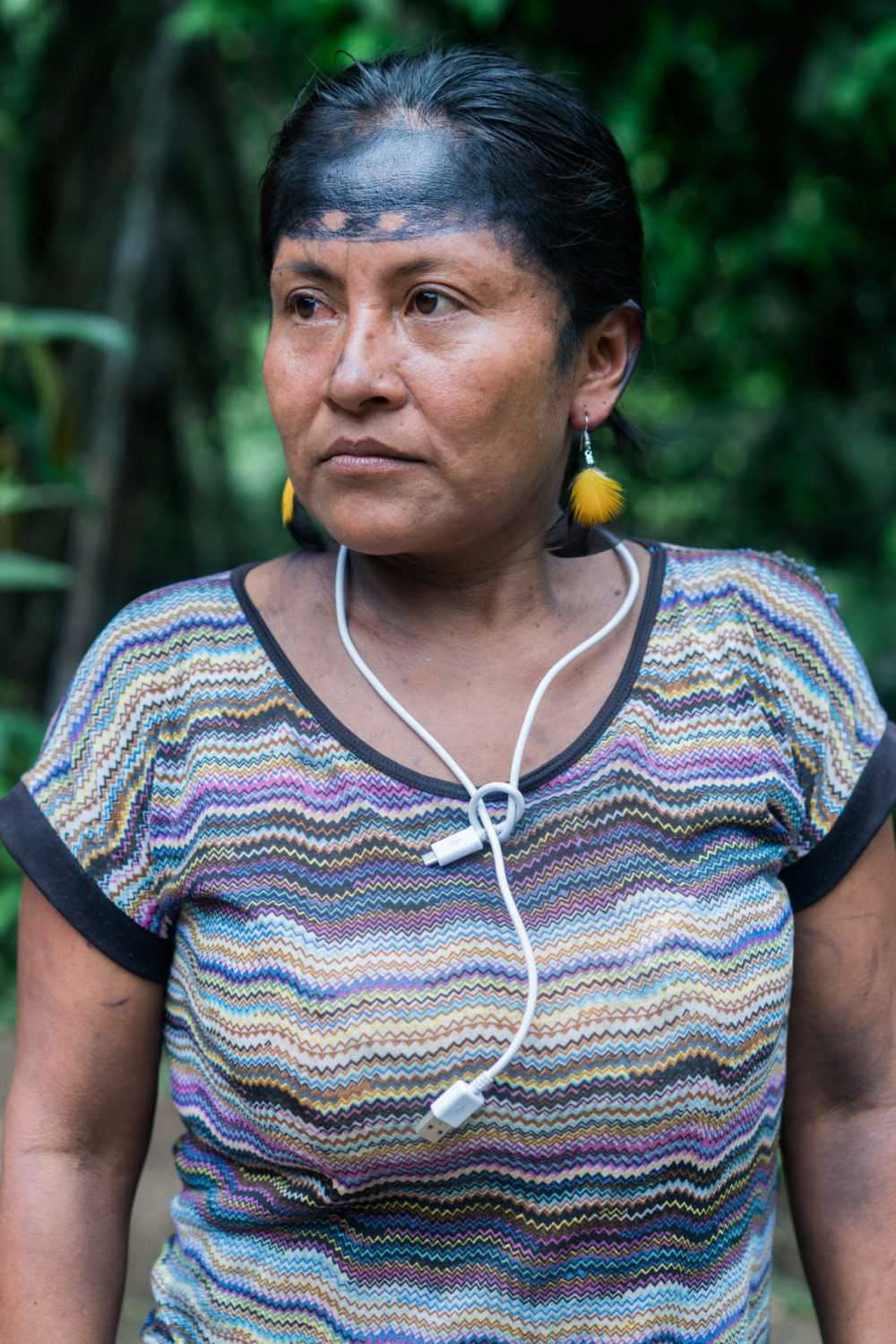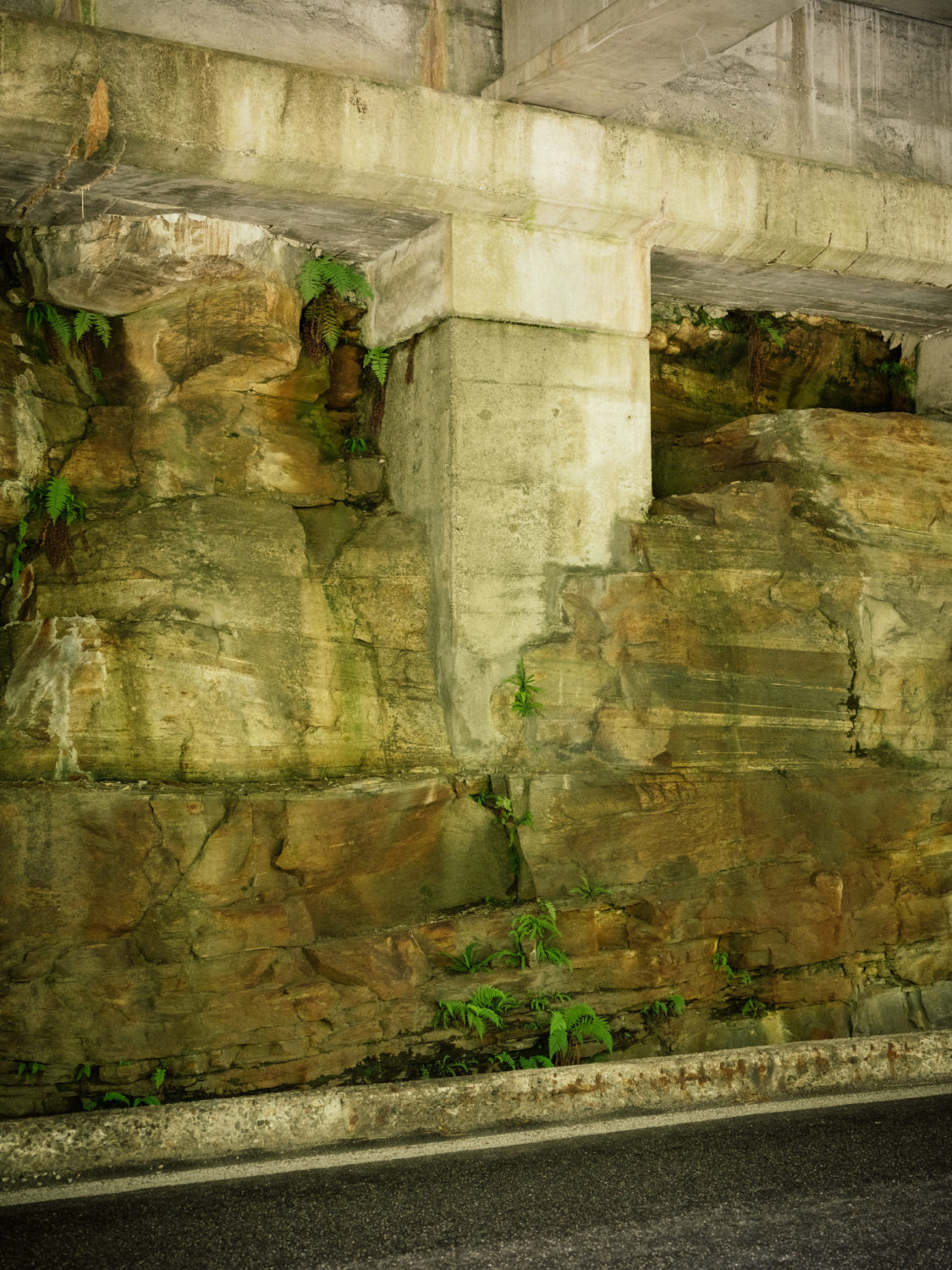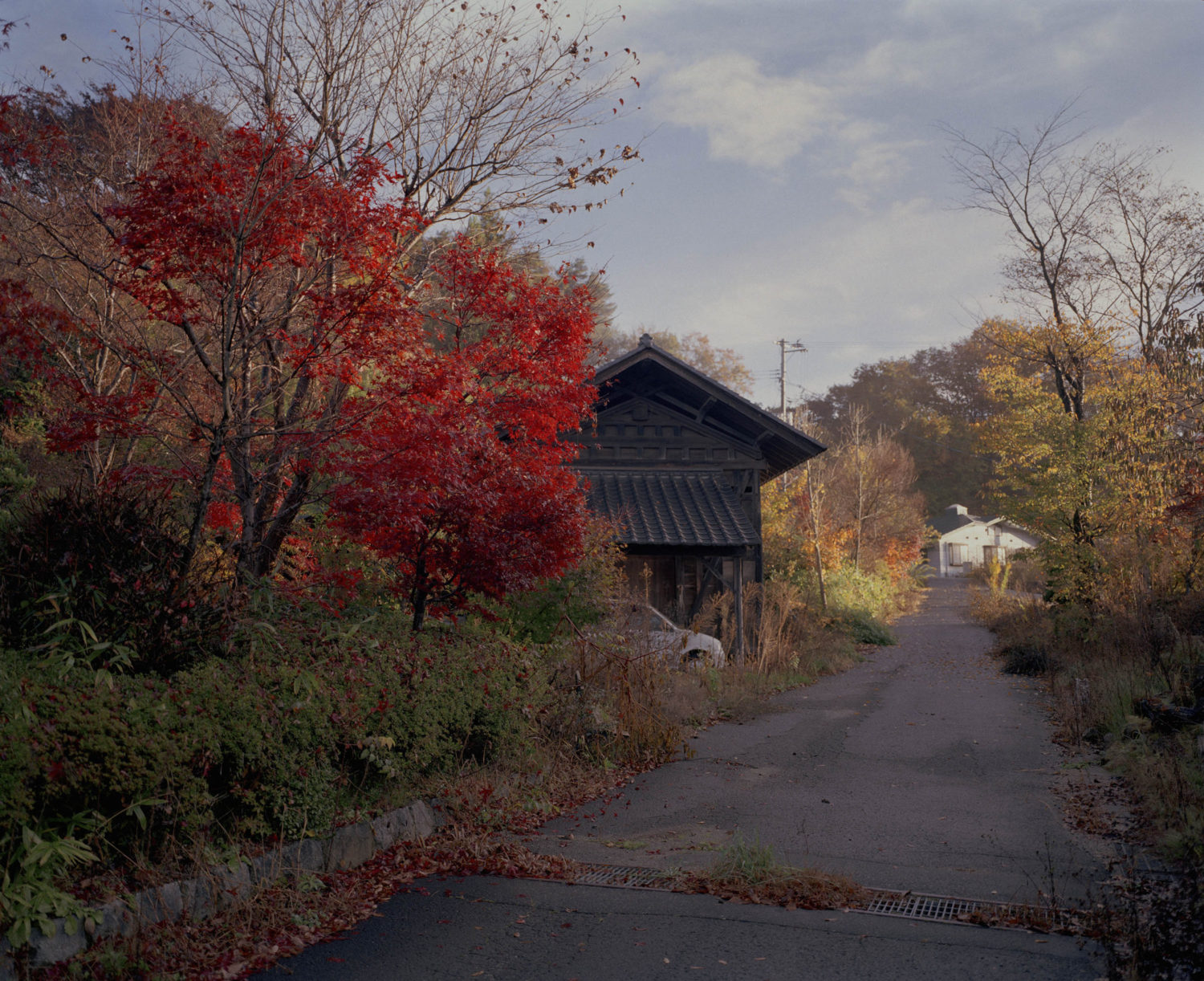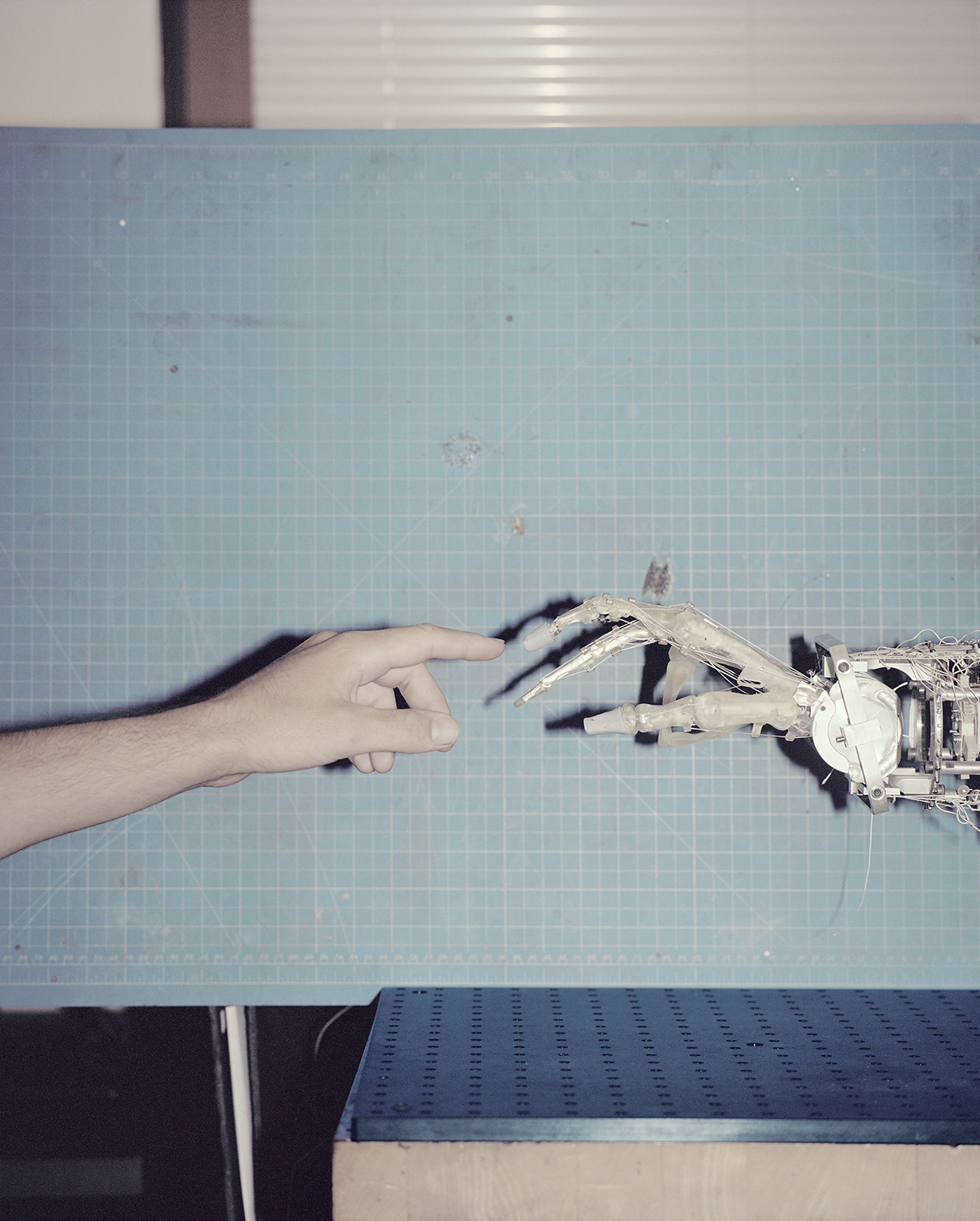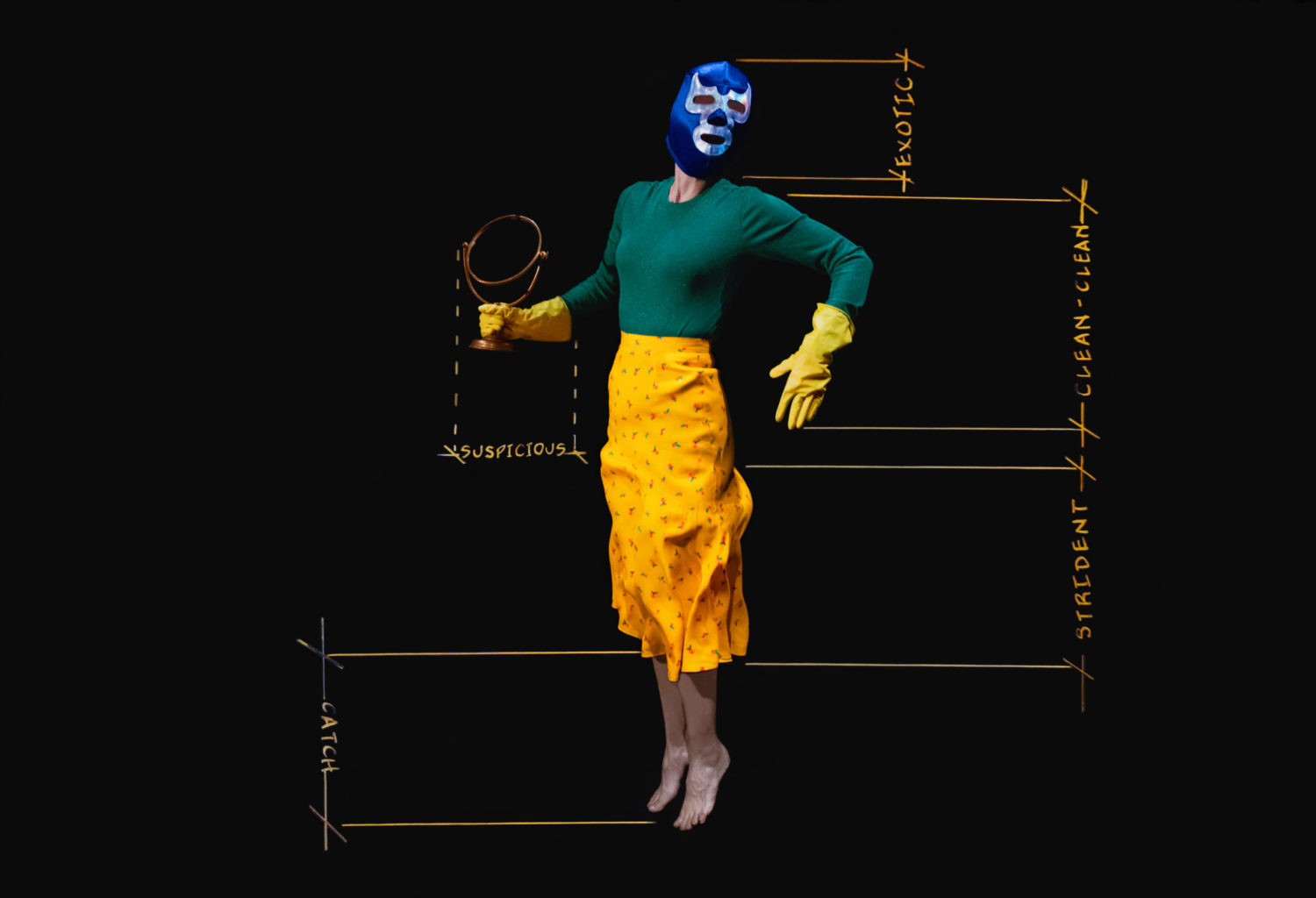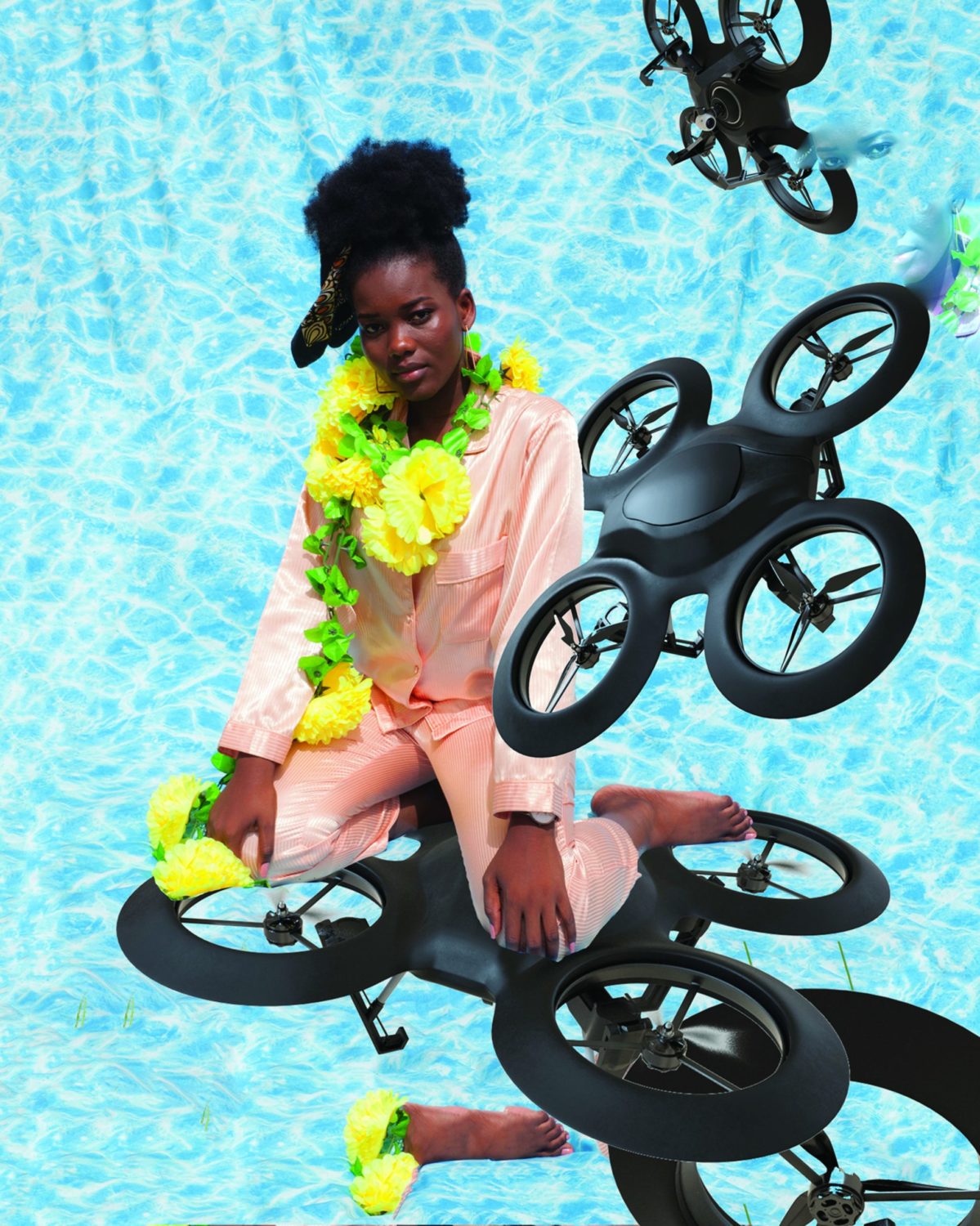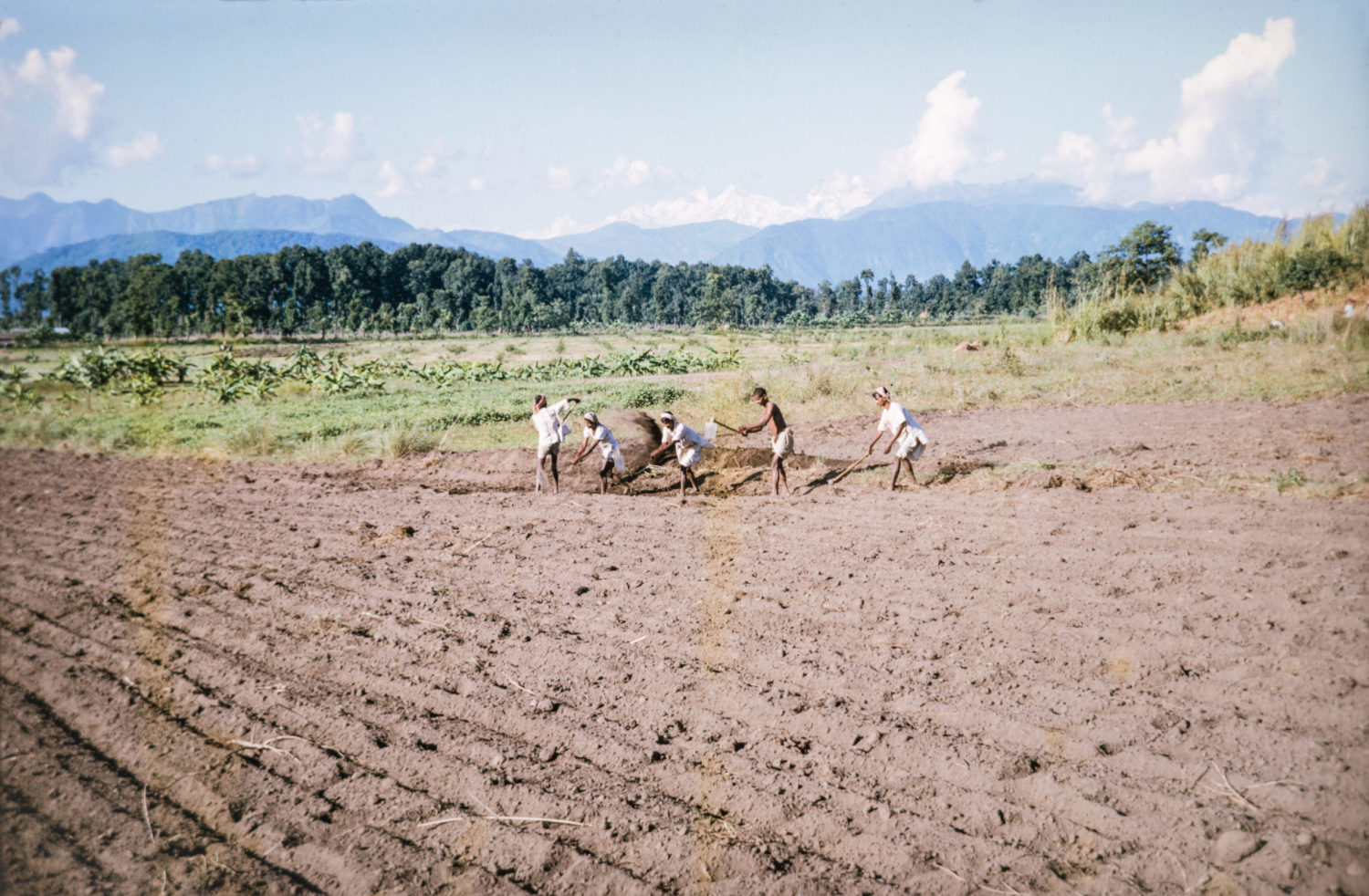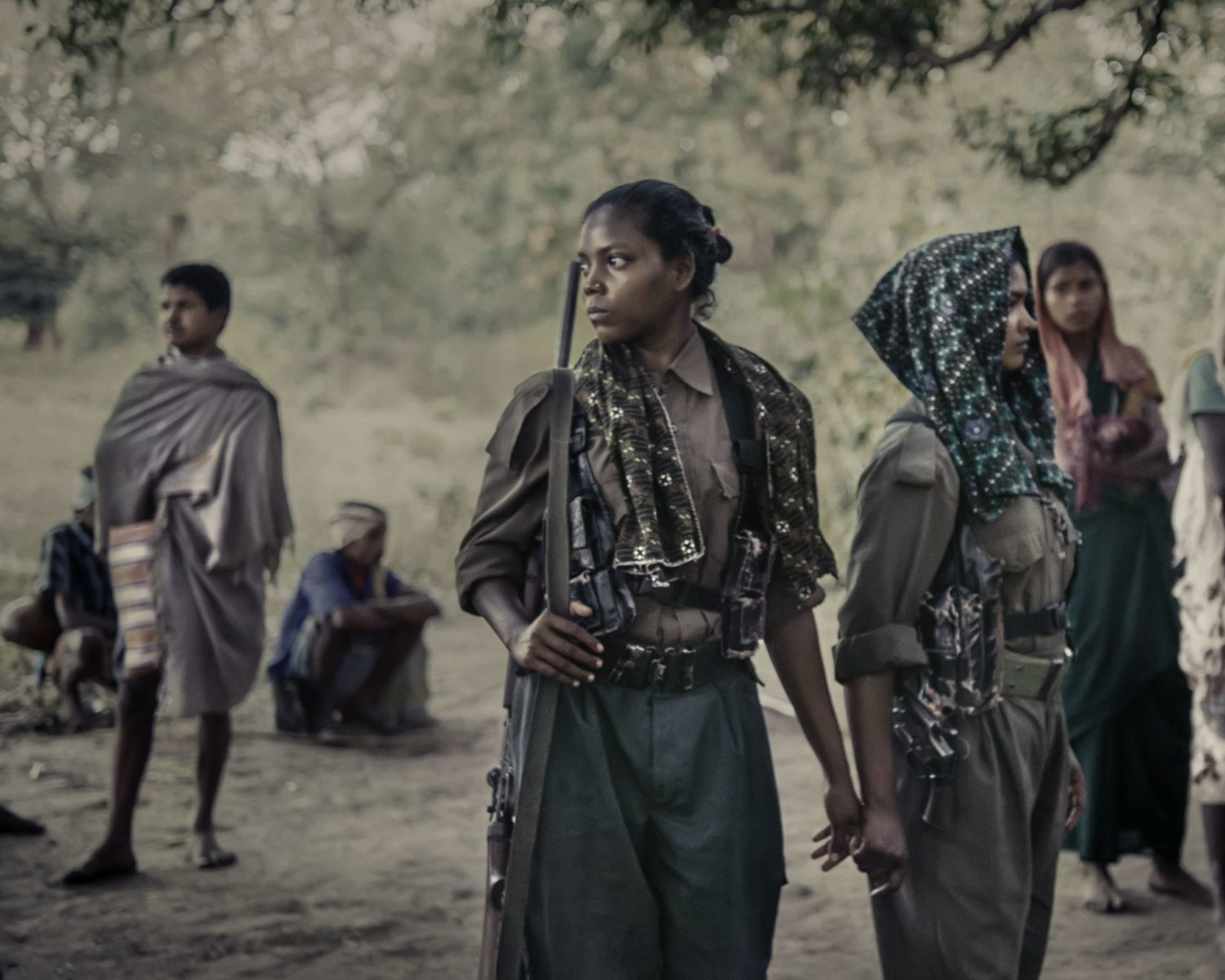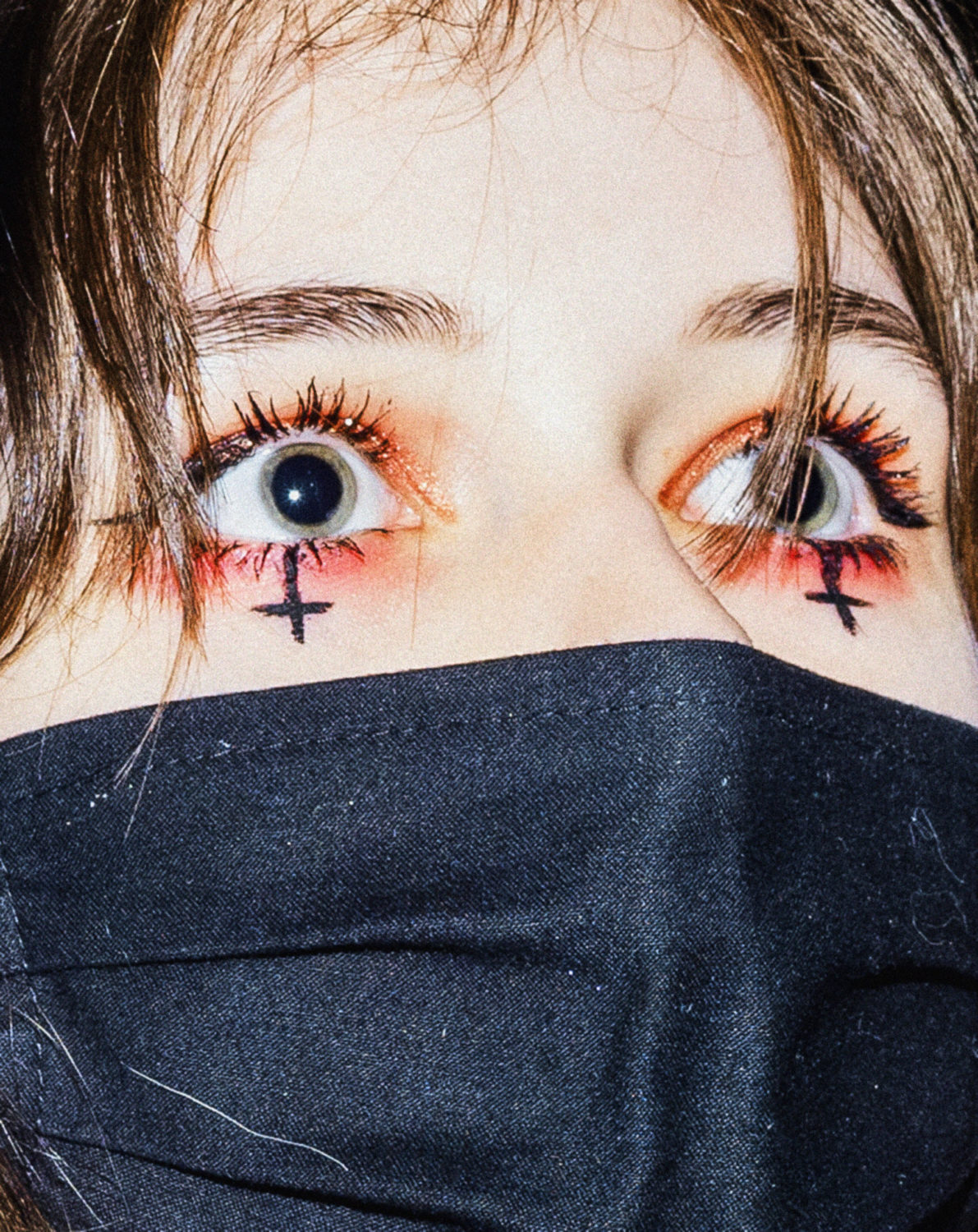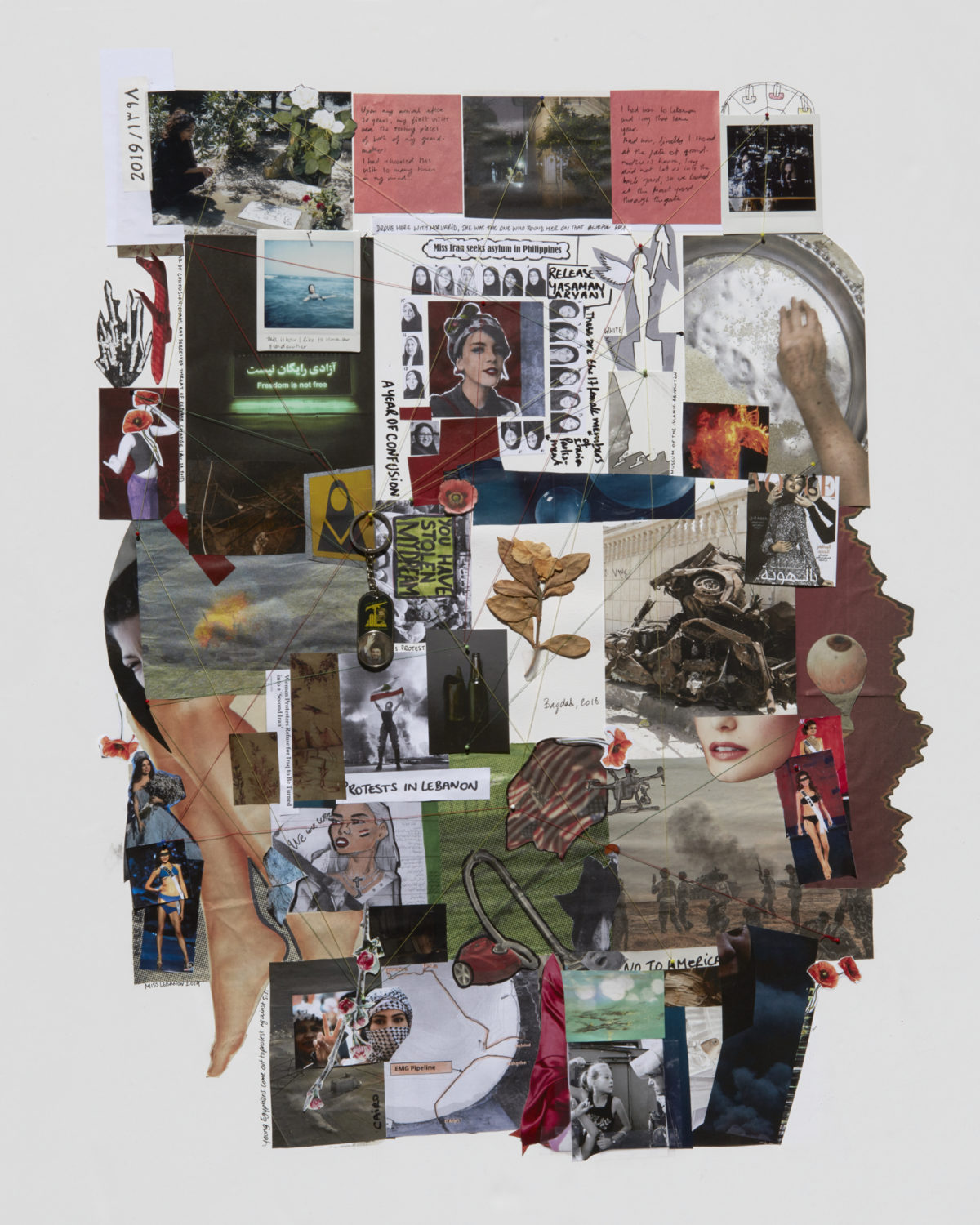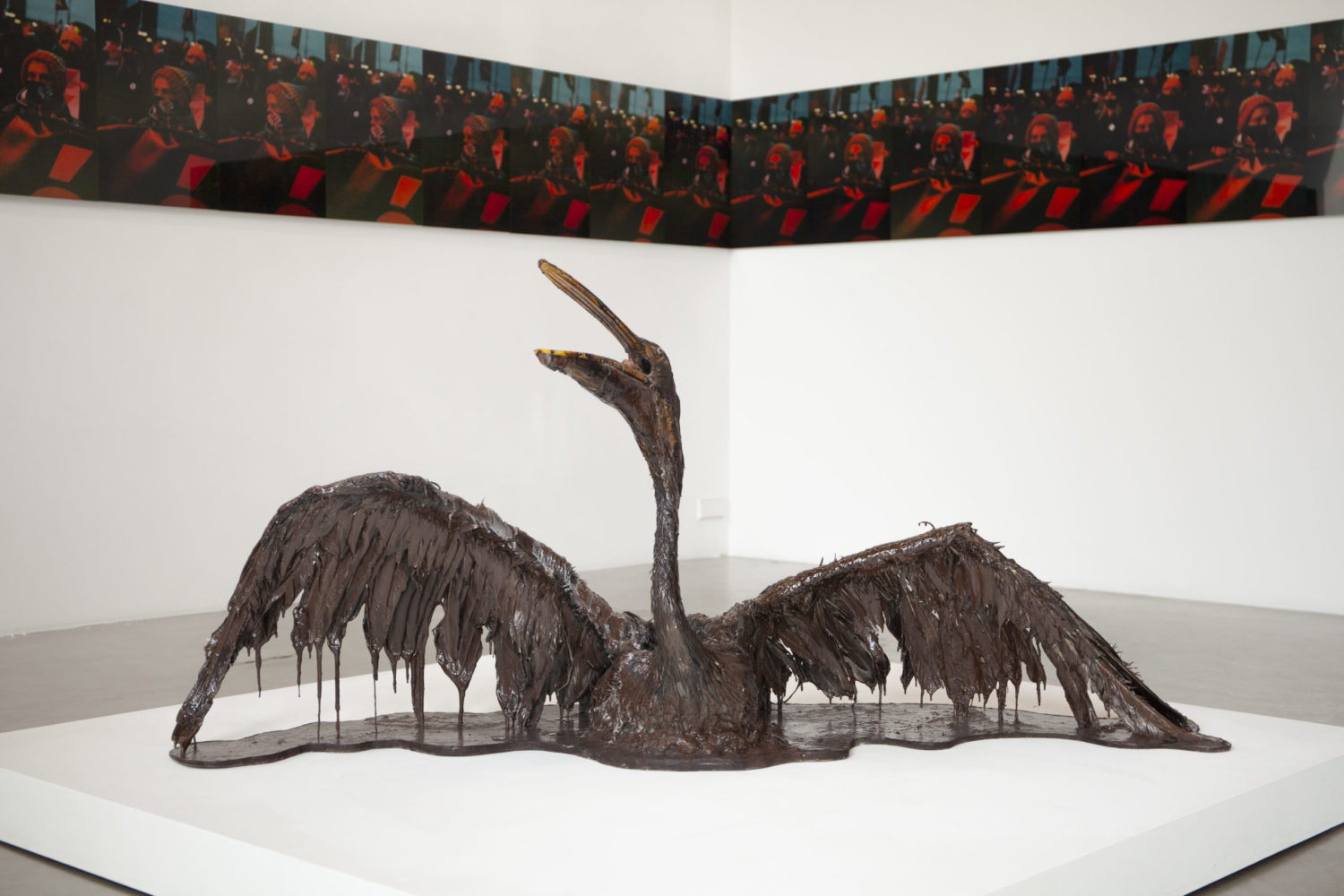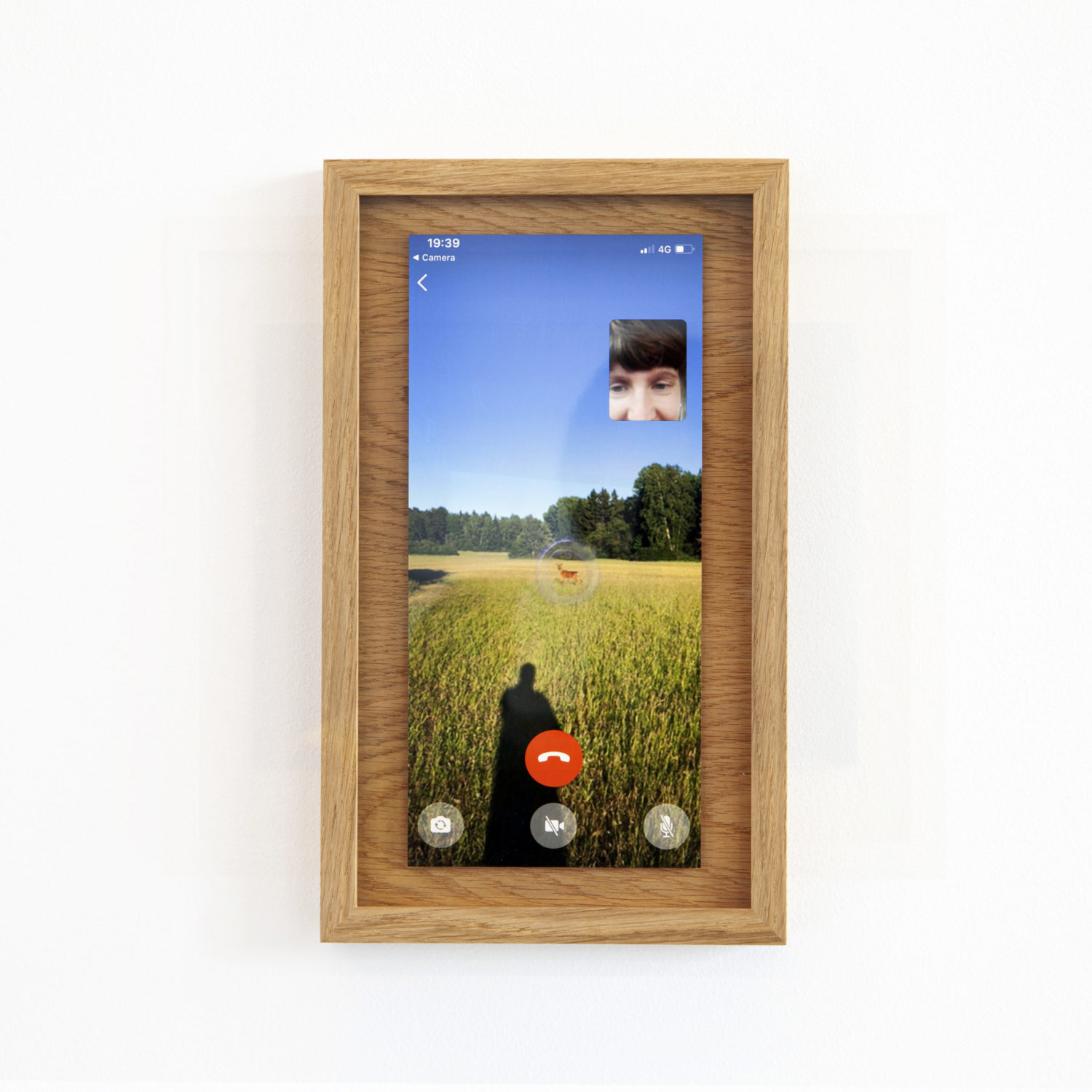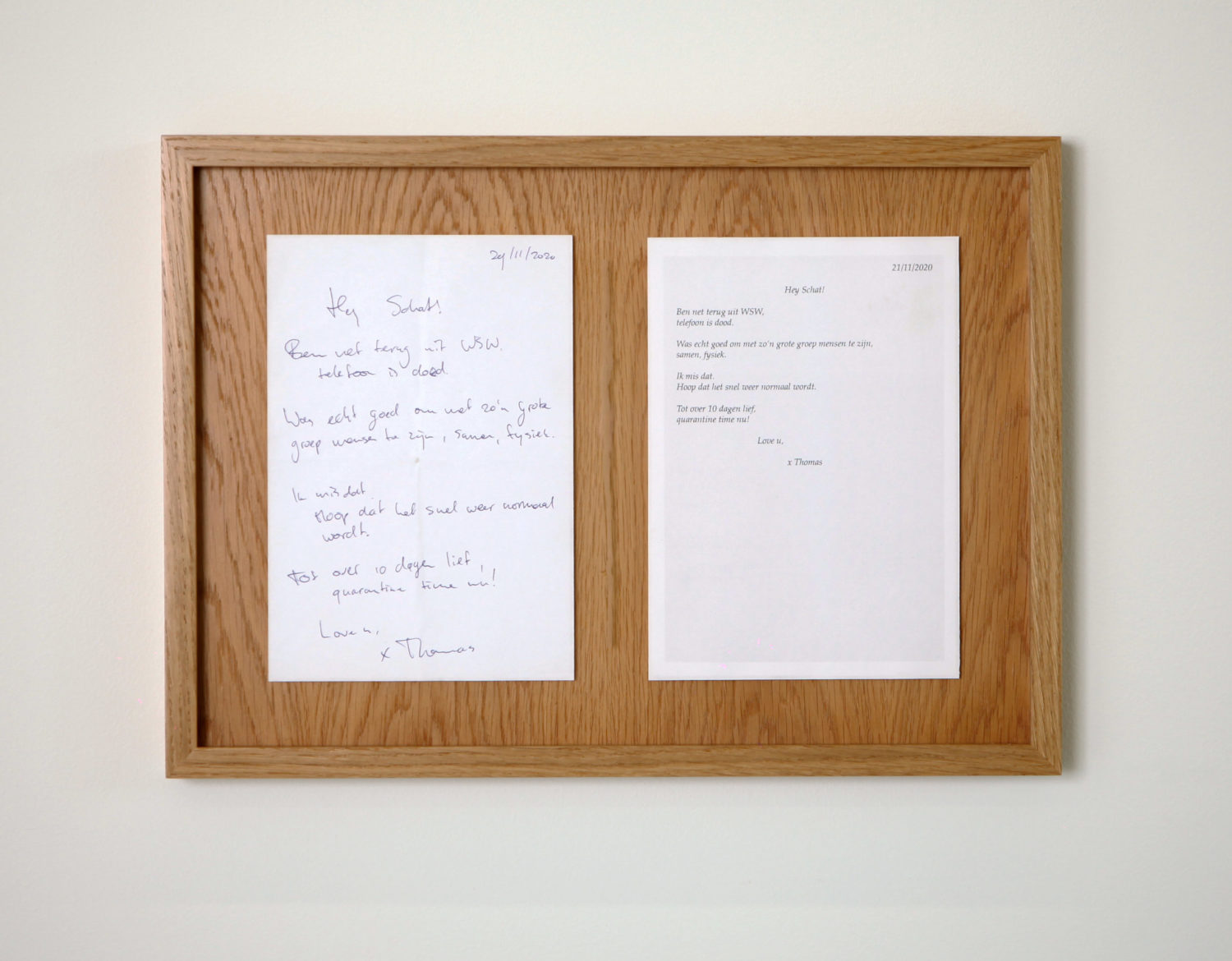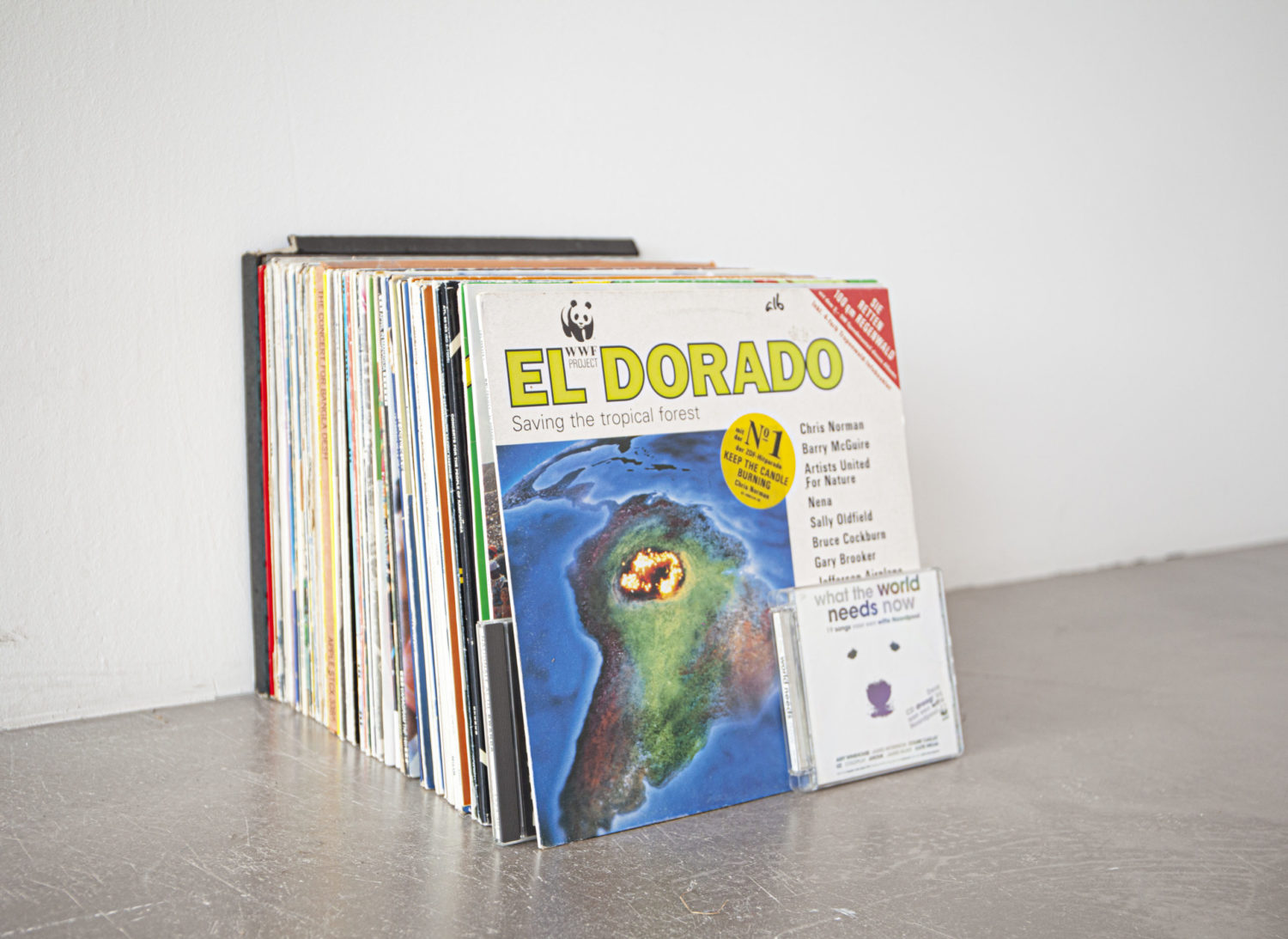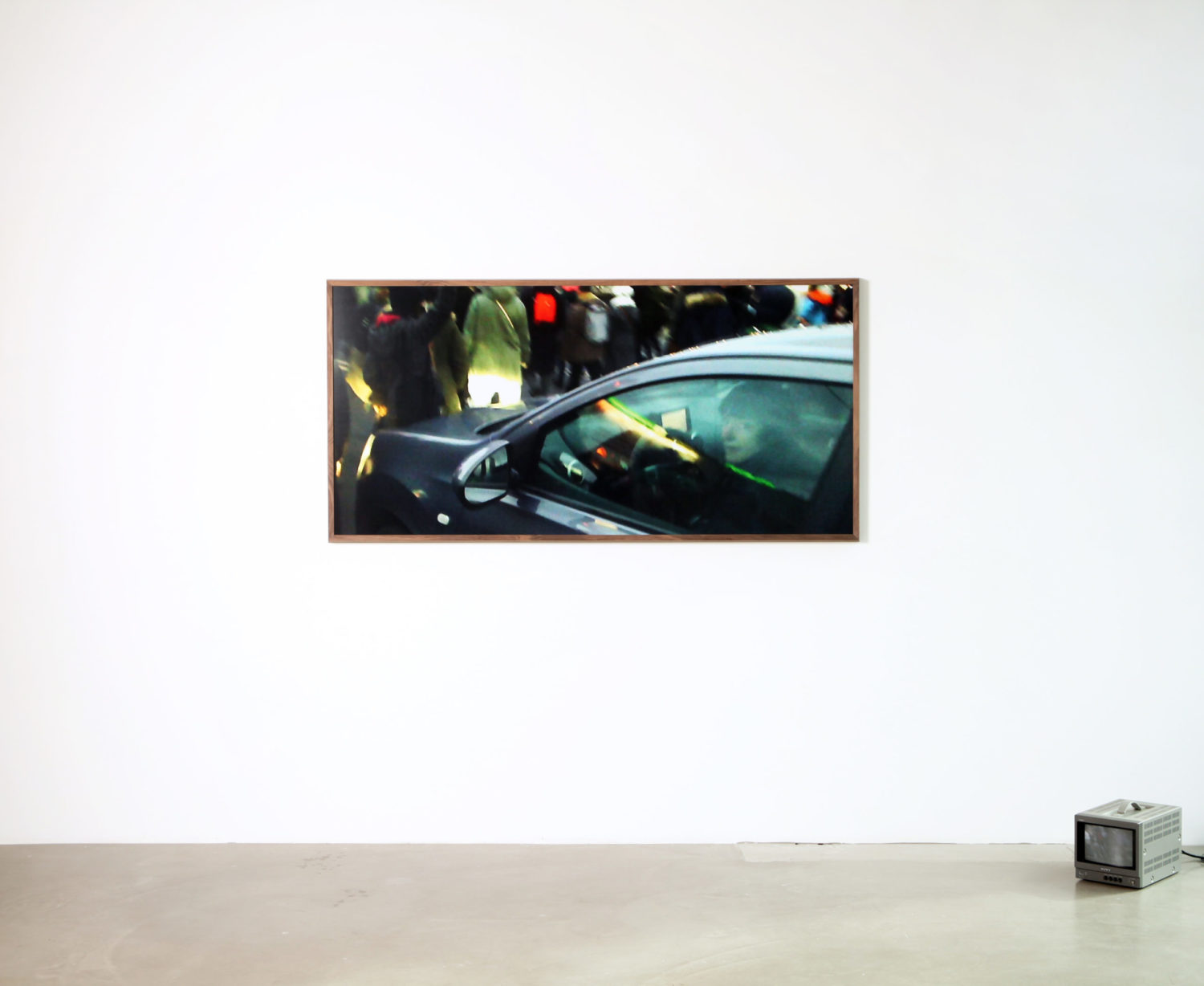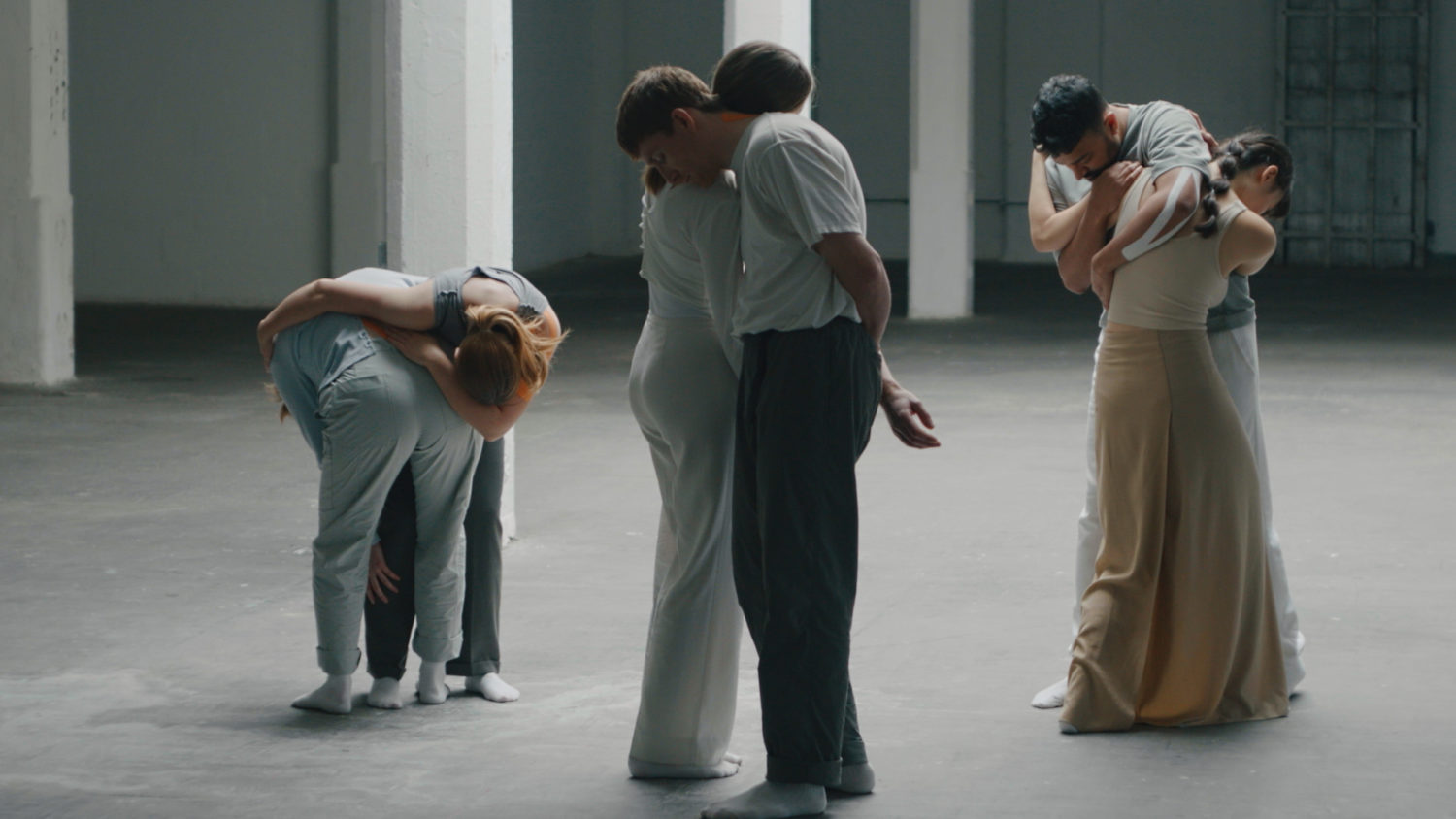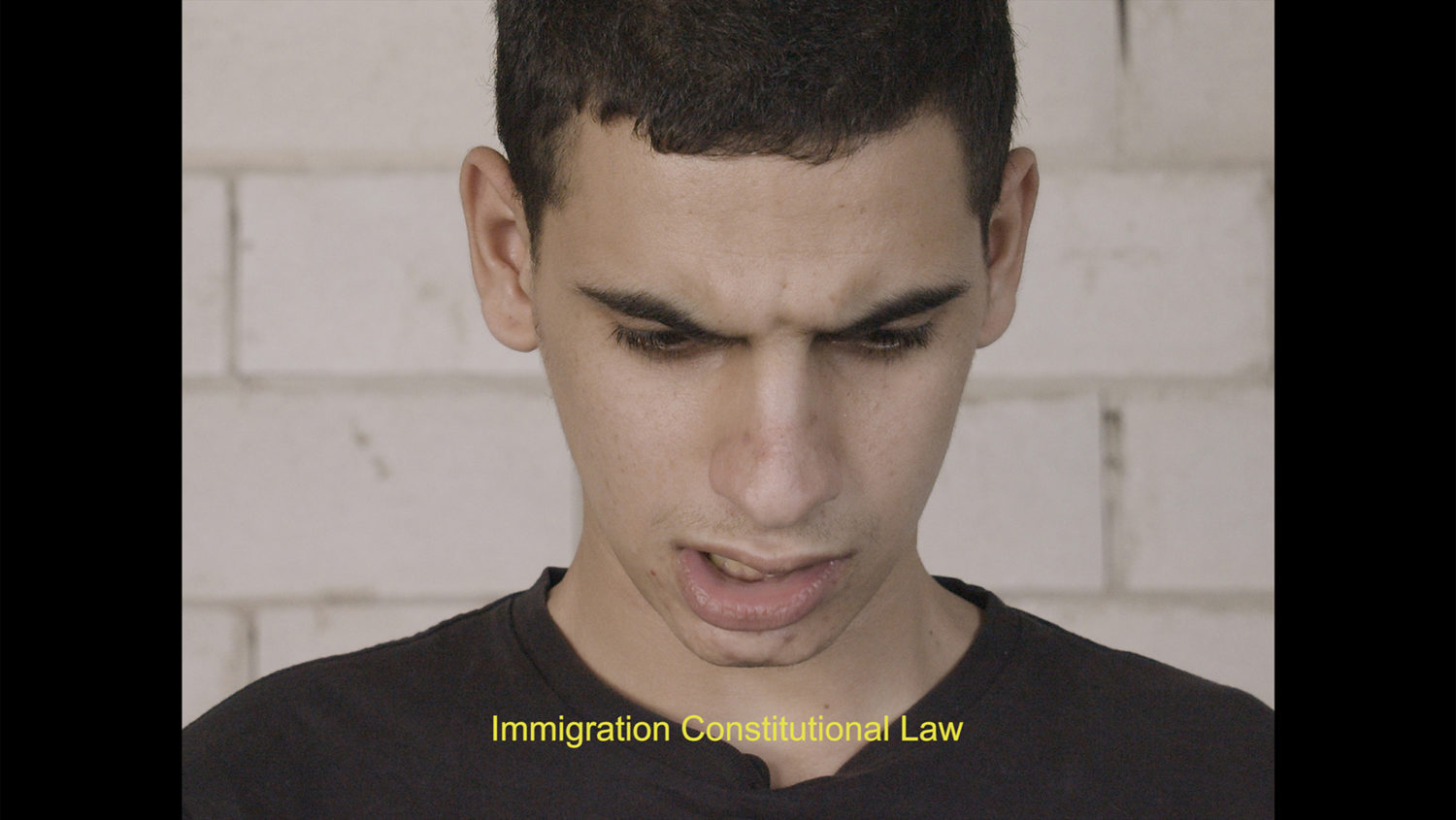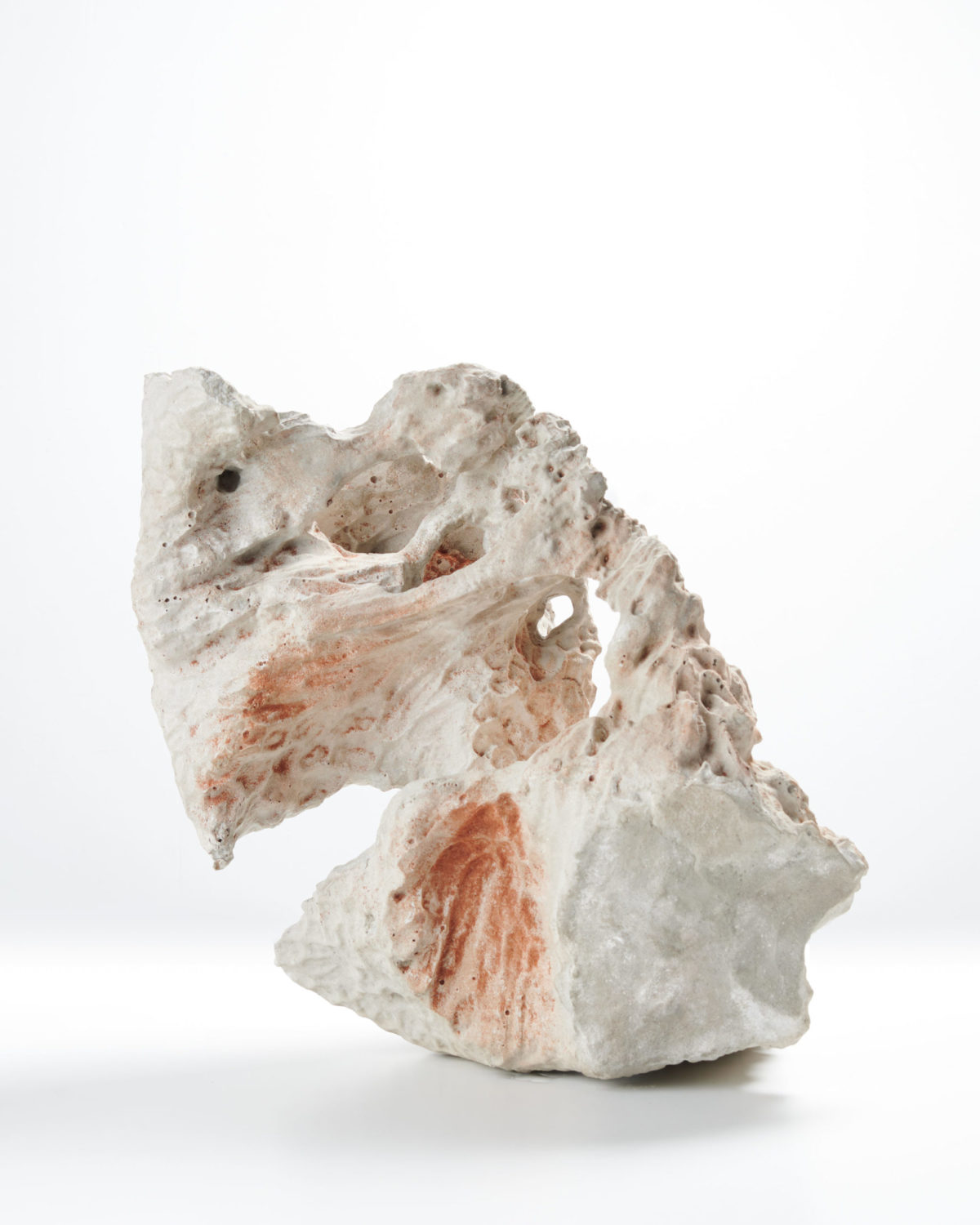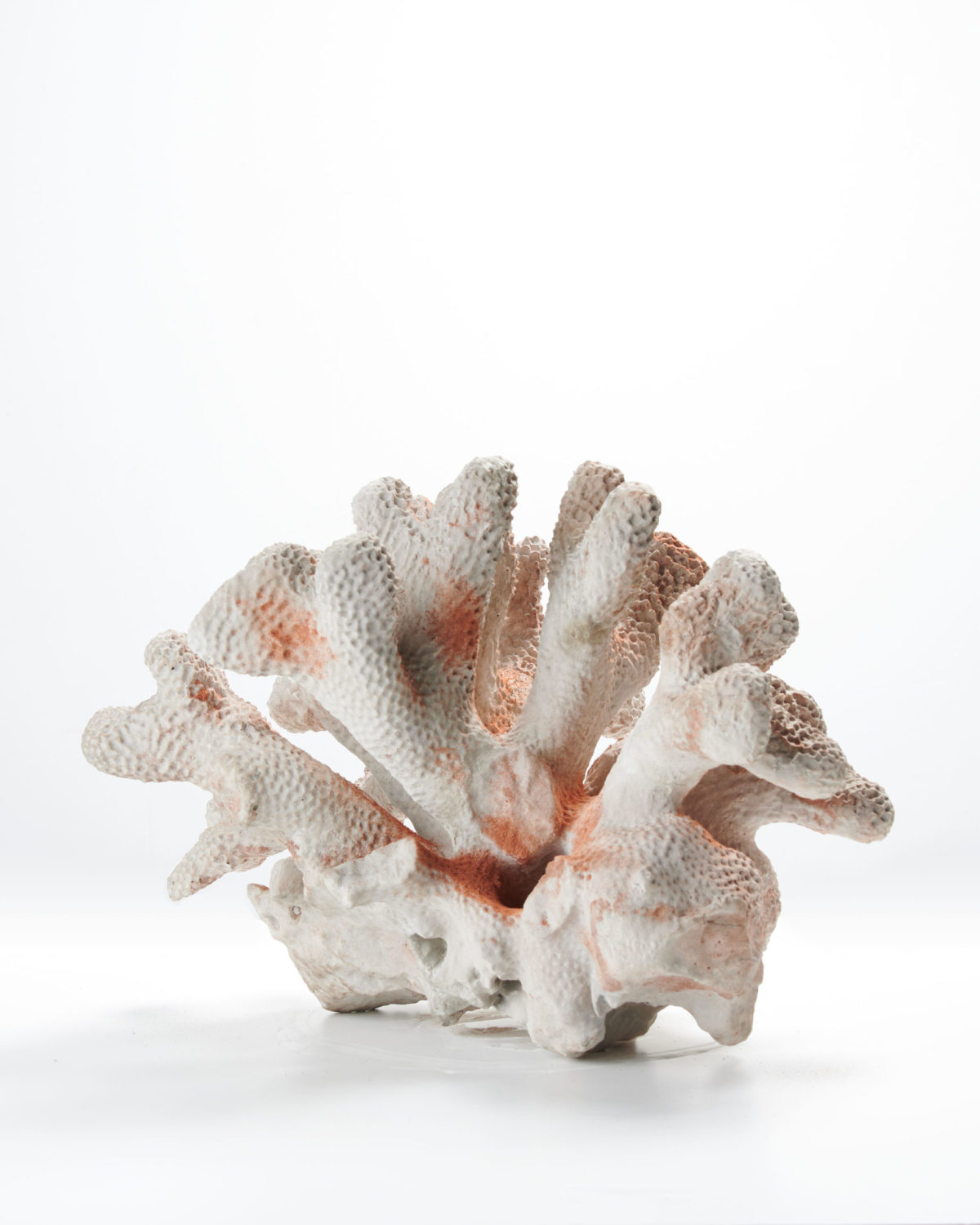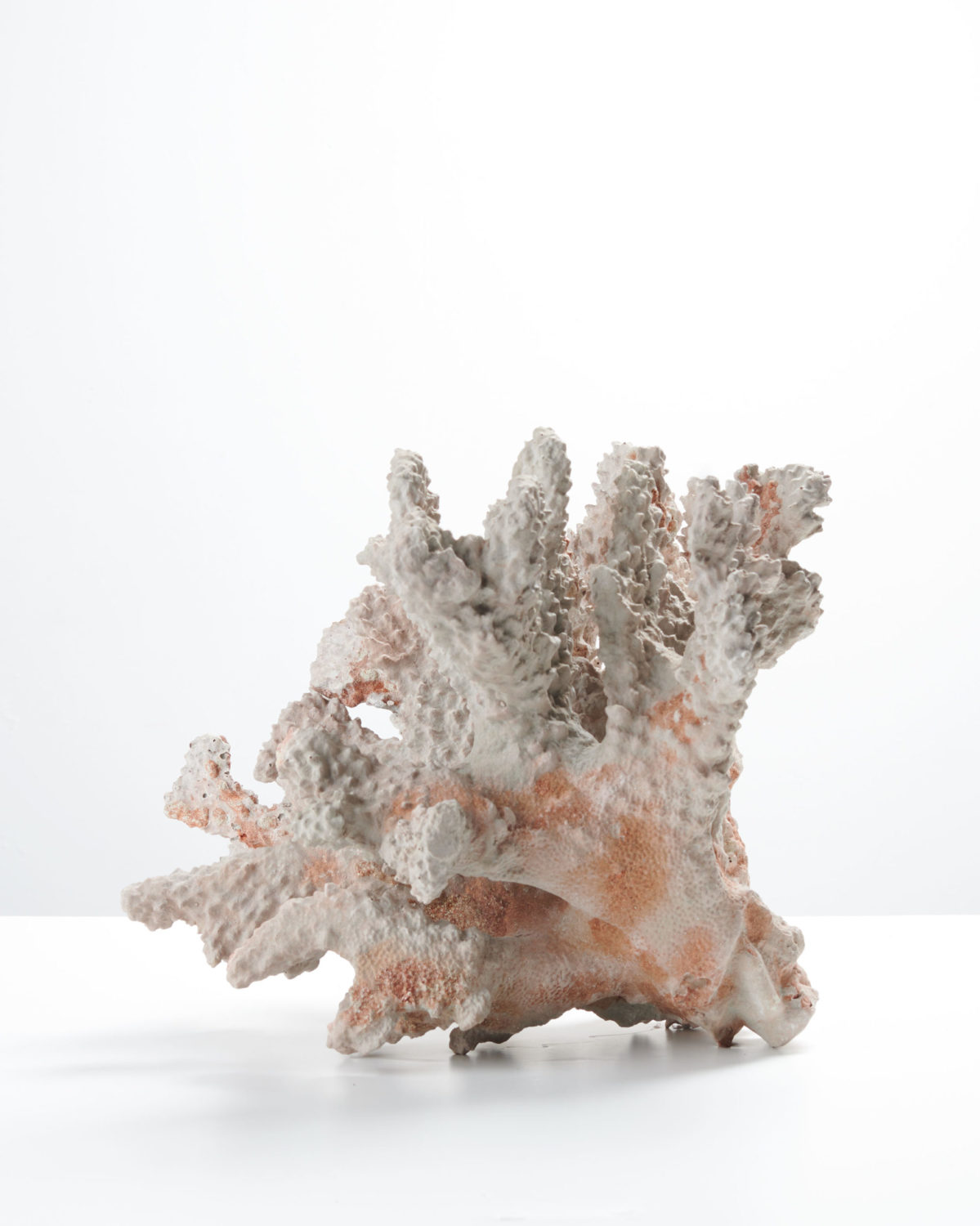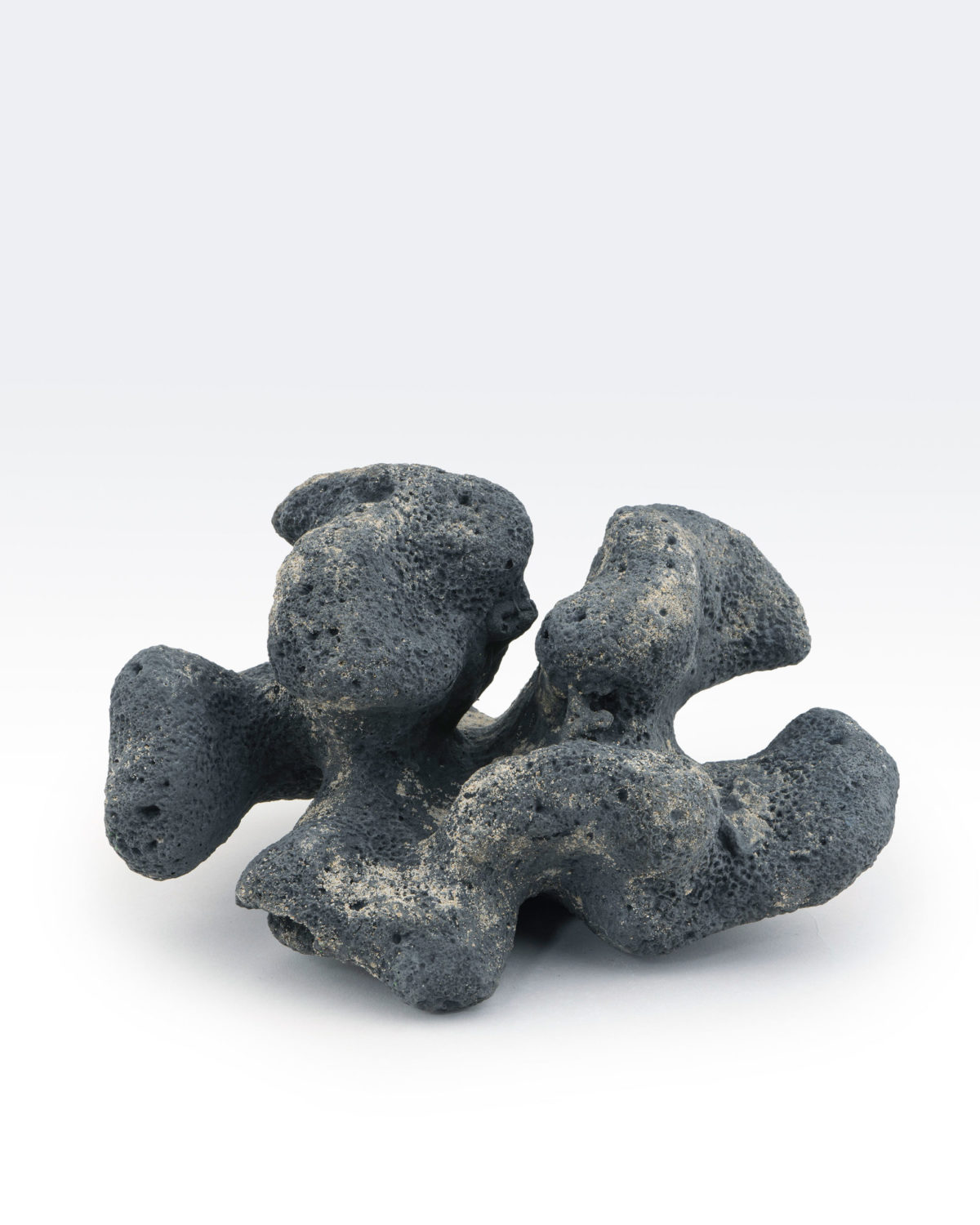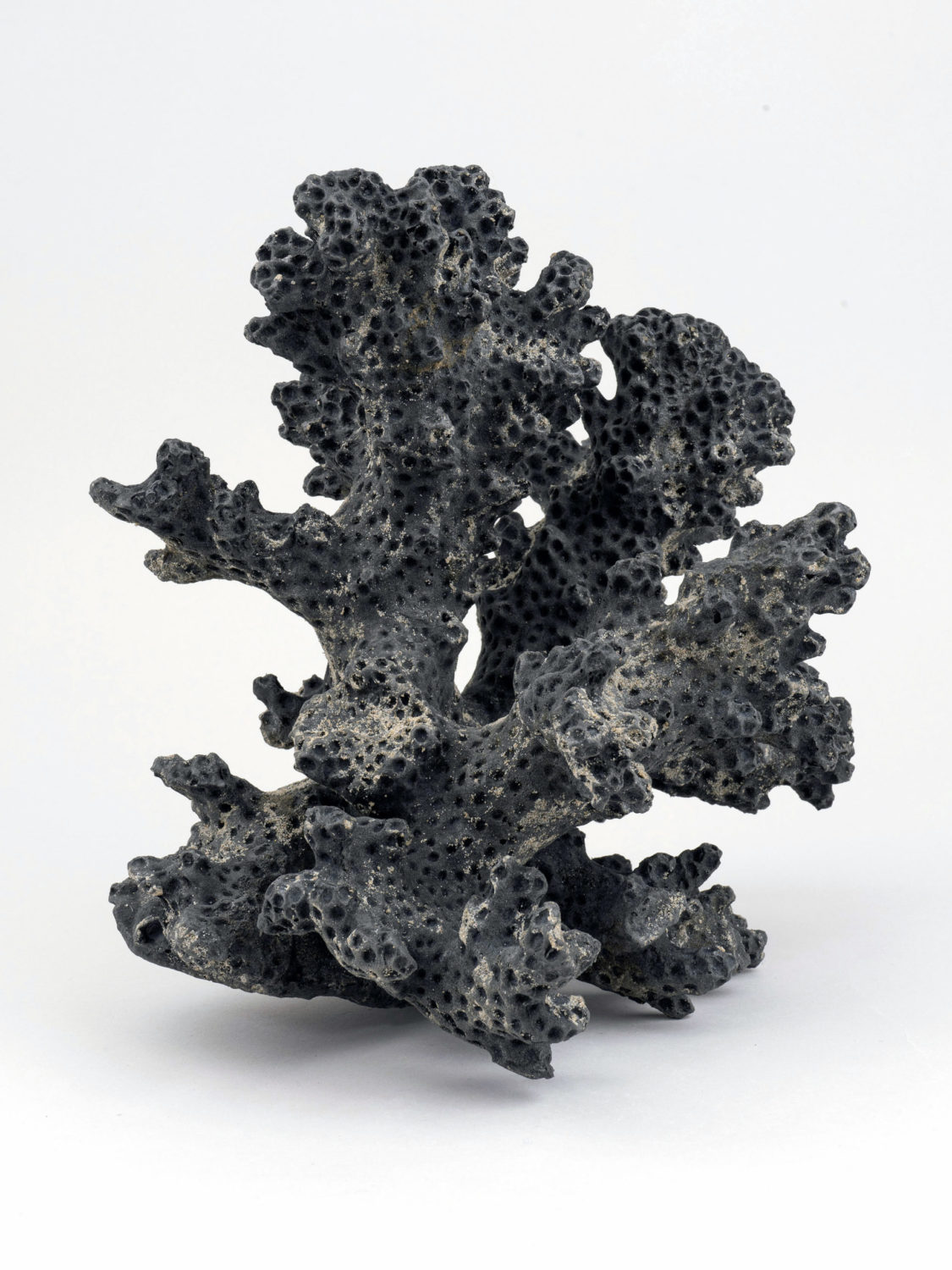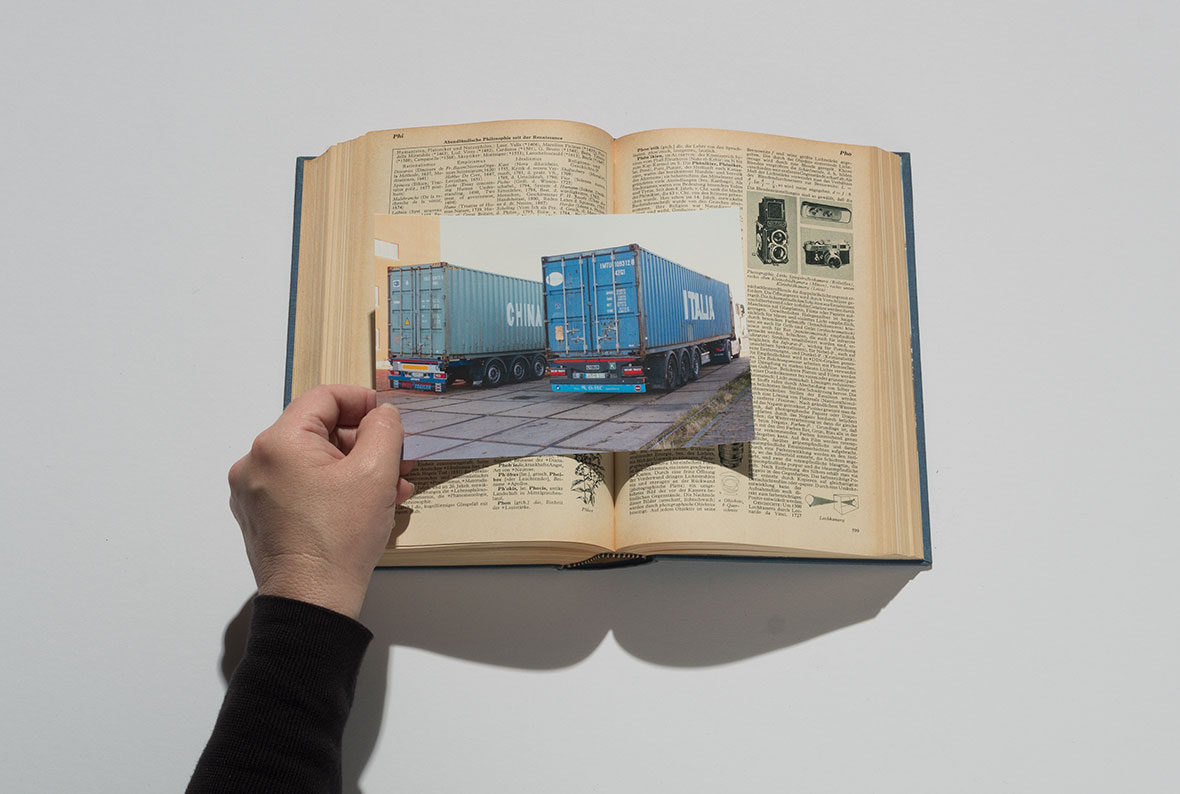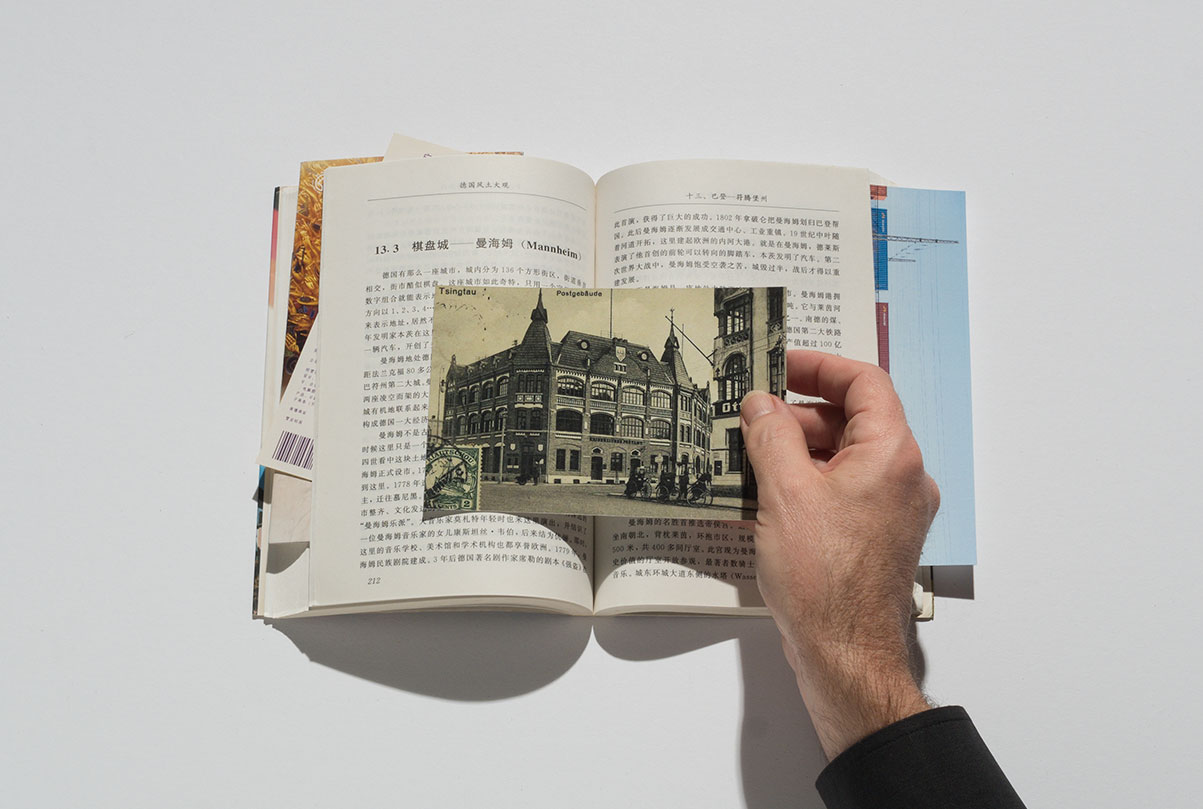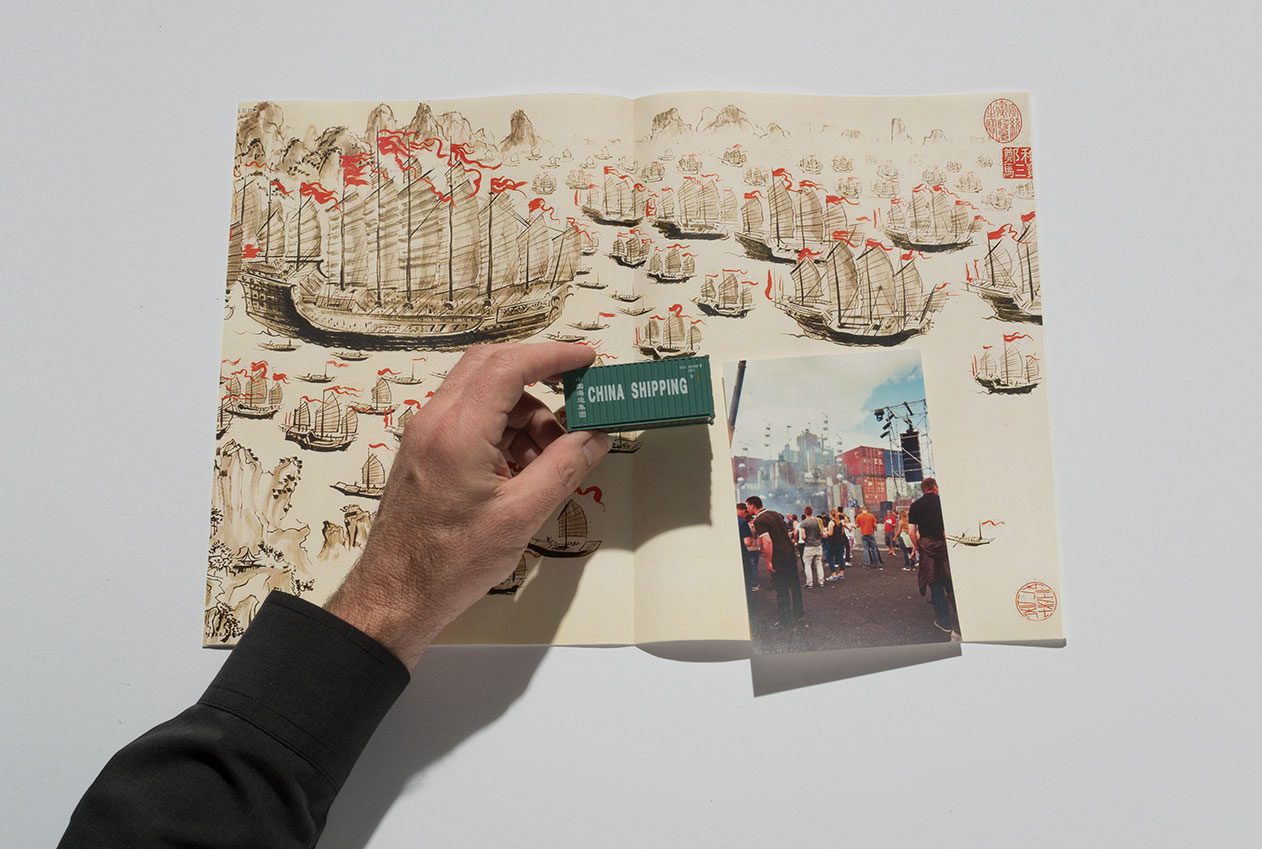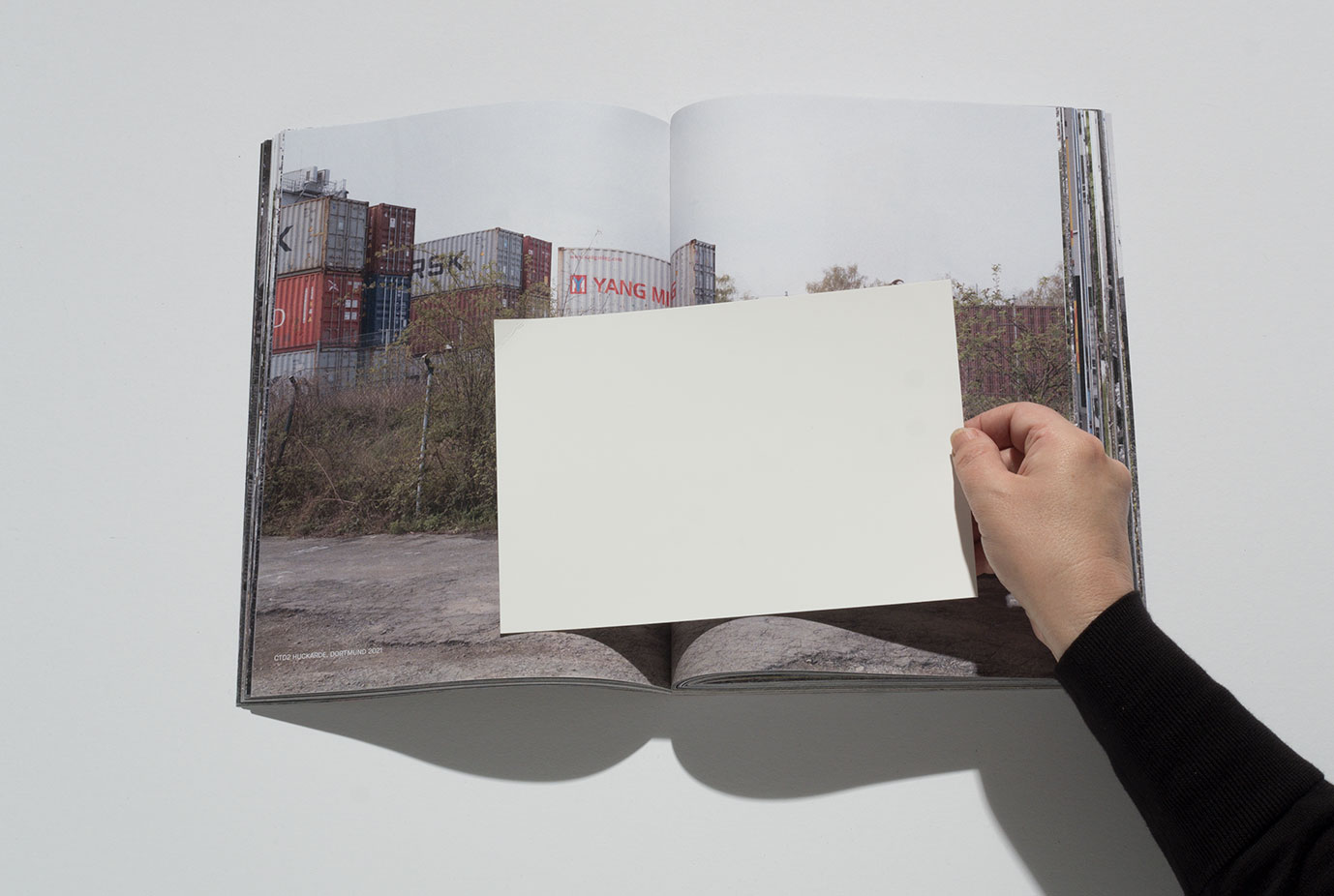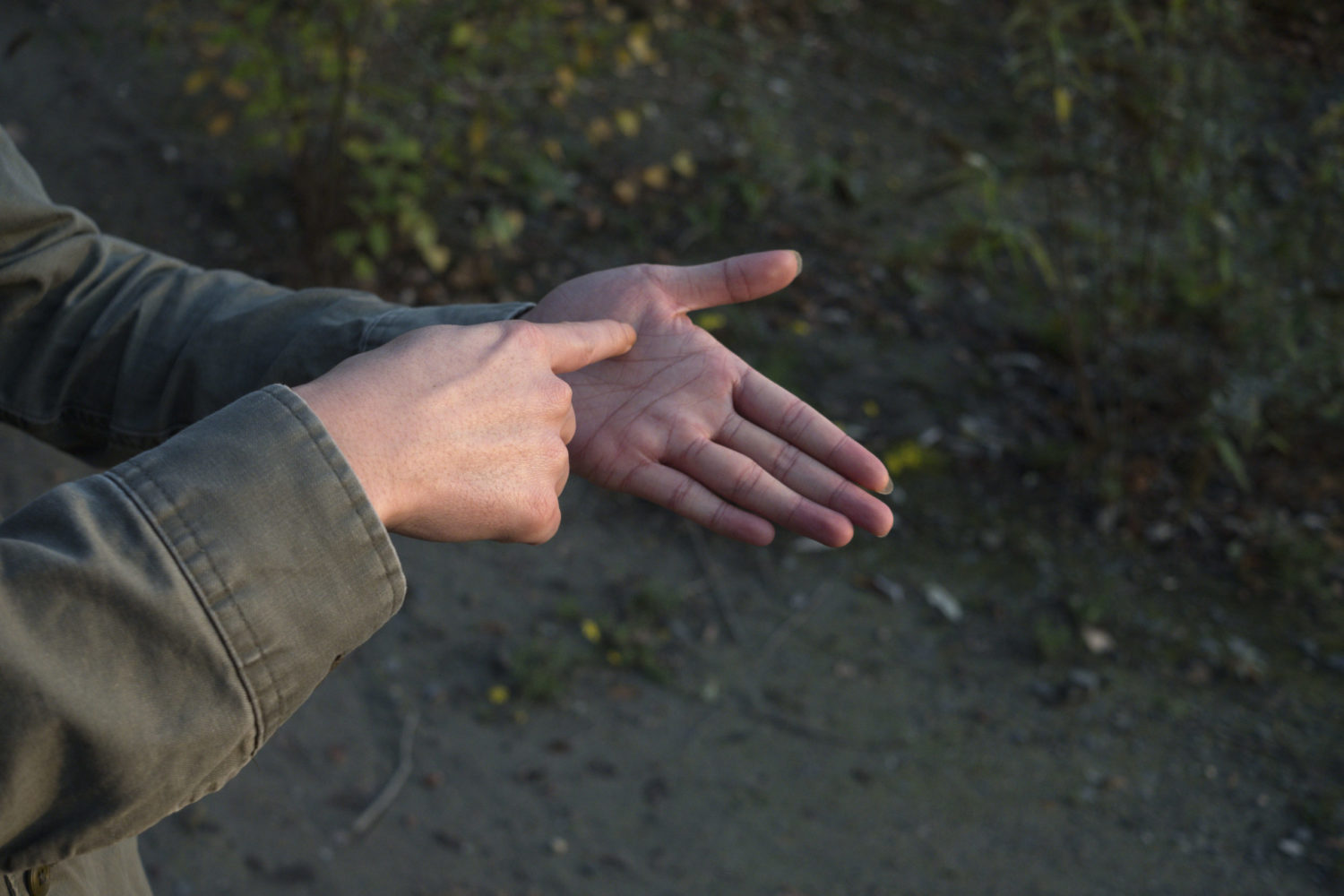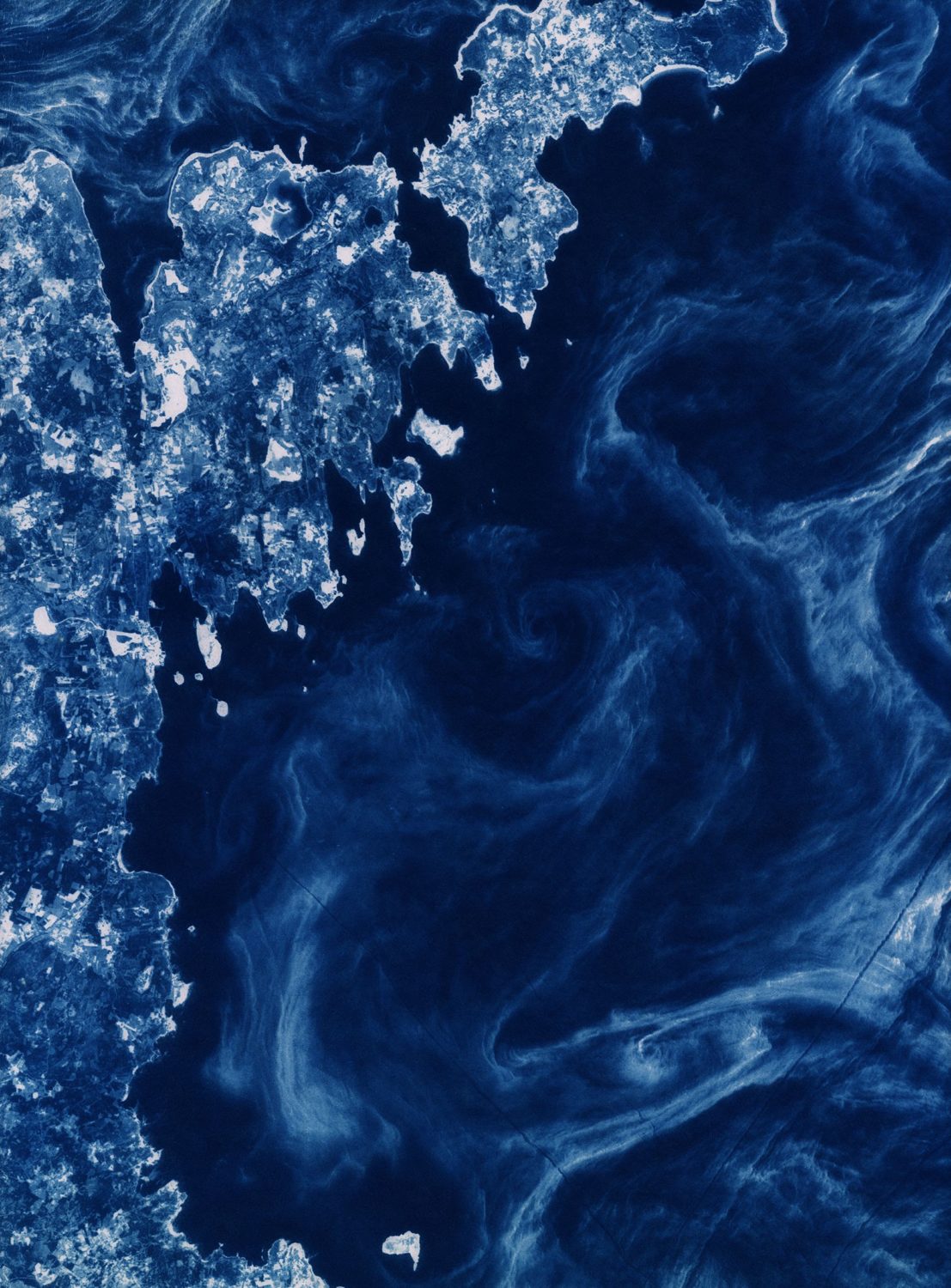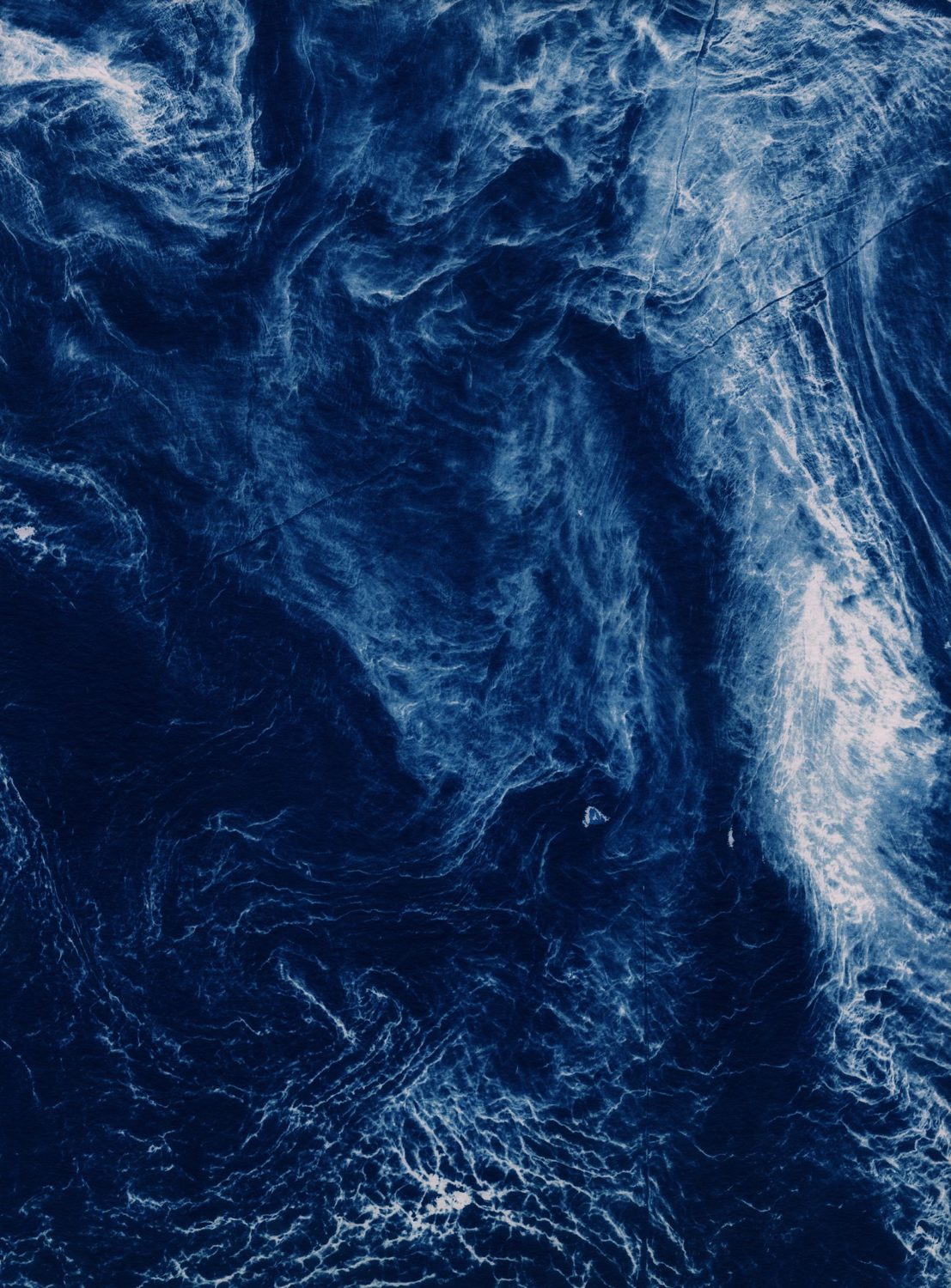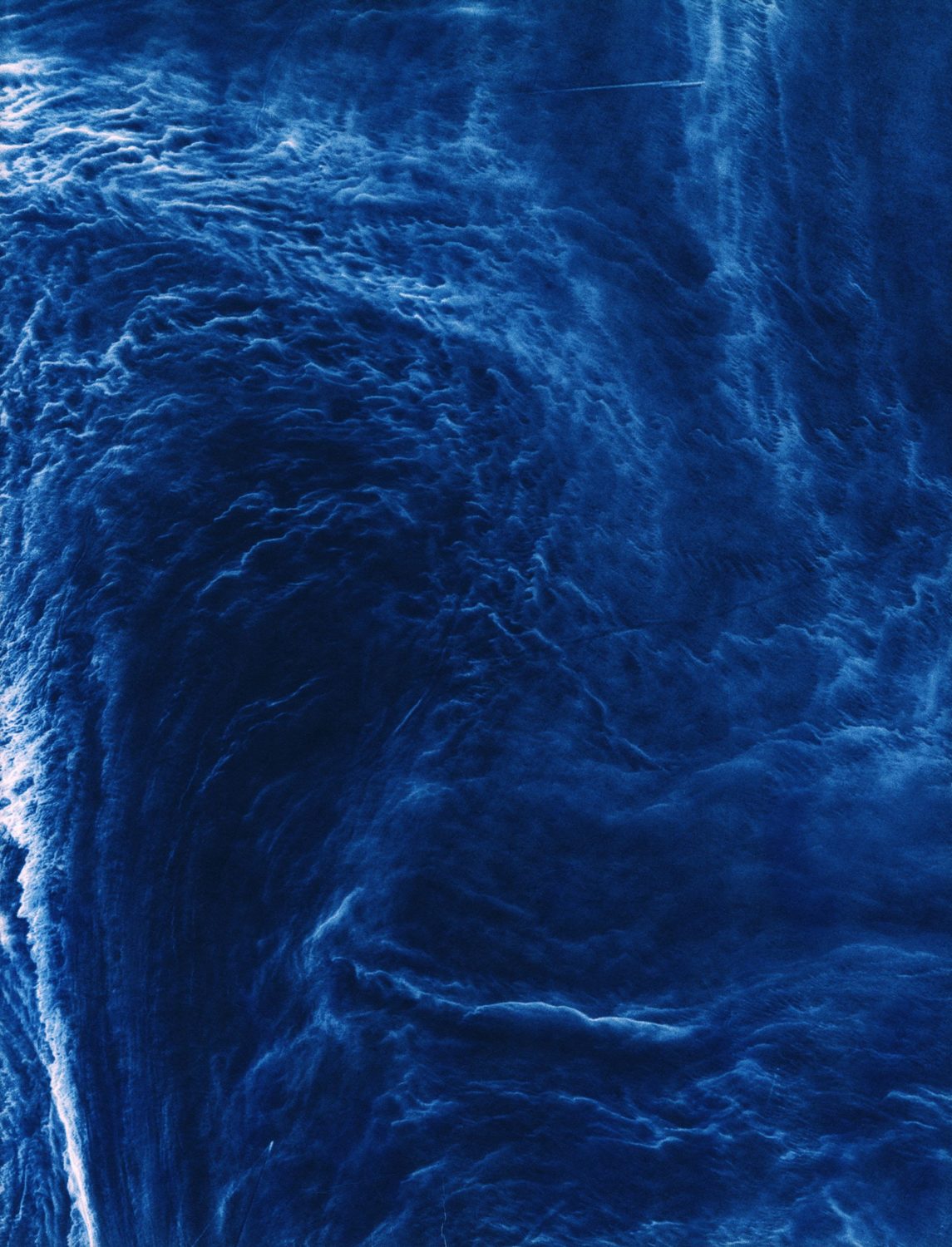Specials
Specials is a virtual space dedicated to writing on photography, showcasing unique content, projects and announcements.
Biennale für aktuelle Fotografie – From Where I Stand
From Where I Stand explores how a more sustainable, inclusive and empowered future can be achieved. The 21st century way of living is profoundly influenced by the complex interdependence between people, the environment and technological processes – these relations are reflected upon from the perspective of 35 artistic positions, which are presented in six exhibitions across three cities.
The selected artists work at the crossroads of contemporary art, journalism, and activism: the ability to imagine something new is as strong as their quest for facts and the need to engage in public debate. They are aware of where they stand and give room for the views of those with whom they collaborate intensively. In this context, the photographic image functions as a tool for visual research.
With a variety of global and local stories, with which our daily lives and decisions are closely intertwined, the collected artistic visions can potentially accelerate a much-needed transition towards a greater balance between man, nature, and technology. From Where I Stand shows the necessity of a multitude of perspectives for this transition and wants to activate the mind to think and act differently.
Participating artists and new works
Heba Y. Amin, Archive of Public Protests, Lisa Barnard, Poulomi Basu & CJ Clarke, Alexandra Baumgartner, Eline Benjaminsen, Silvy Crespo, Anna Ehrenstein, Matthieu Gafsou, Michał Iwanowski, Antoinette de Jong & Robert Knoth, Anouk Kruithof, Thomas Kuijpers, Yufan Lu, Giya Makondo-Wills, Mashid Mohadjerin, Nepal Picture Library, Kelebogile Ntladi, Paulien Oltheten, Gloria Oyarzabal, Yan Wang Preston, Rohit Saha, Sara, Peter & Tobias, Misha Vallejo Prut.
And the following artists have developed new work over the past year:
Aàdesokan, Mónica Alcázar-Duarte, Alexandra Davenport, Douglas Mandry, Awoiska van der Molen, Rune Peitersen, Felipe Romero Beltrán, Małgorzata Stankiewicz, Katja Stuke & Oliver Sieber, Maria Sturm, Salvatore Vitale.
About the exhibitions
In Body in (e)Motion the vulnerable position of the single body in the pursuit of freedom of expression is central. Collective Minds focuses on the power of joining forces and creating one voice out of many. Shaping Data questions how we as humans respond to the rapid technologization of our daily lives, and the desire to optimise our performances. Narratives of Resistance highlights the defence and actions of various indigenous communities against land grabbing by multinational corporations who claim the land’s natural resources. In Changing Ecosystems the selected artists documented specific areas, to unravel the impact of global developments on the flora and fauna of certain places. Questions around the human-centred view of nature are central in Contested Landscapes and are set against works that pay tribute to the forces of nature.
Thomas Kuijpers / Volumes
Over the last year, flatness has preceded everything. Whether through the screens we use for daily meetings or the newspapers we leaf through looking for news about tomorrow, flatness is no longer just a choice. It has become the default means to experience because of an inability to do otherwise. In a time when we can only move within prescribed boundaries, flatness reigns supreme.
At the same time, our flattened existence has not extinguished the urge to seek each other out in times of struggle, injustice, sadness and fury. Countless events of police brutality, women’s rights violations, corruption and environmental disasters have seen millions come together in defiance, shoulder to shoulder.
It seems that today, perhaps more than ever, the world unfolds on two polarised fronts; one visceral, wrought with presence, and one flattened, an unending constellation of two-dimensional media. Whilst they are different, both fronts add to a kaleidoscope of experiences for each and every happening.
In Volumes, Kuijpers examines how the landscape of flat media conditions our responses to events in the real world. To do so, Kuijpers has scoured recent history for events that epitomise the divide between an event and its representations. The protests in Poland over abortion rights, the BP Deepwater Horizon oil spill and the commodities of the pandemic amongst others. In every event, there has been a transformation. Each has happened in the world, and then each has been multiplied, manipulated and moulded into a torrent of other, but related, experiences. Volumes unpacks these other experiences found in television, iconic imagery, advertisements and products, asking what happens to the real issues when these new experiences swamp our daily lives.
When, for instance, Deepwater Horizon erupted in 2010, the event for most of us happened not through the event itself but through the hundreds of images and videos that came after. One such image was of a pelican, wings outstretched and engulfed in oil. It is an iconic photograph – a digital analogue for the disaster. For Volumes, Kuijpers used the image to create two new representations of the event. One, an engraved copper plate with the photograph repeated so it resembles a Google image search, and the other a taxidermic replica of the pelican, complete in its identical pose. In both works, Kuijpers has taken an event we knew only through its compressed, pixelated form and made it tangible – more real, perhaps, than before. In doing so, he makes us aware of how our experience of the world is conditioned by the media that represents it.
Volumes does this repeatedly, but whilst the works themselves aren’t restricted to a single medium or material – mirroring the infinite ways an event is represented – the same questions persist throughout the exhibition. What is felt and what is lost when an event is made flat? What does it mean to participate and what does it mean to spectate? How do events in the past meet us in the present and what do they mean for the future? As is characteristic of Kuijpers’ work, Volumes is an installation of palpable experiences that test, poke, stretch and reiterate these questions. Kuijpers, however, doesn’t want us to simply experience them, but to think about their consequences too. After a year defined by flatness, Volumes is a timely and visceral encounter.
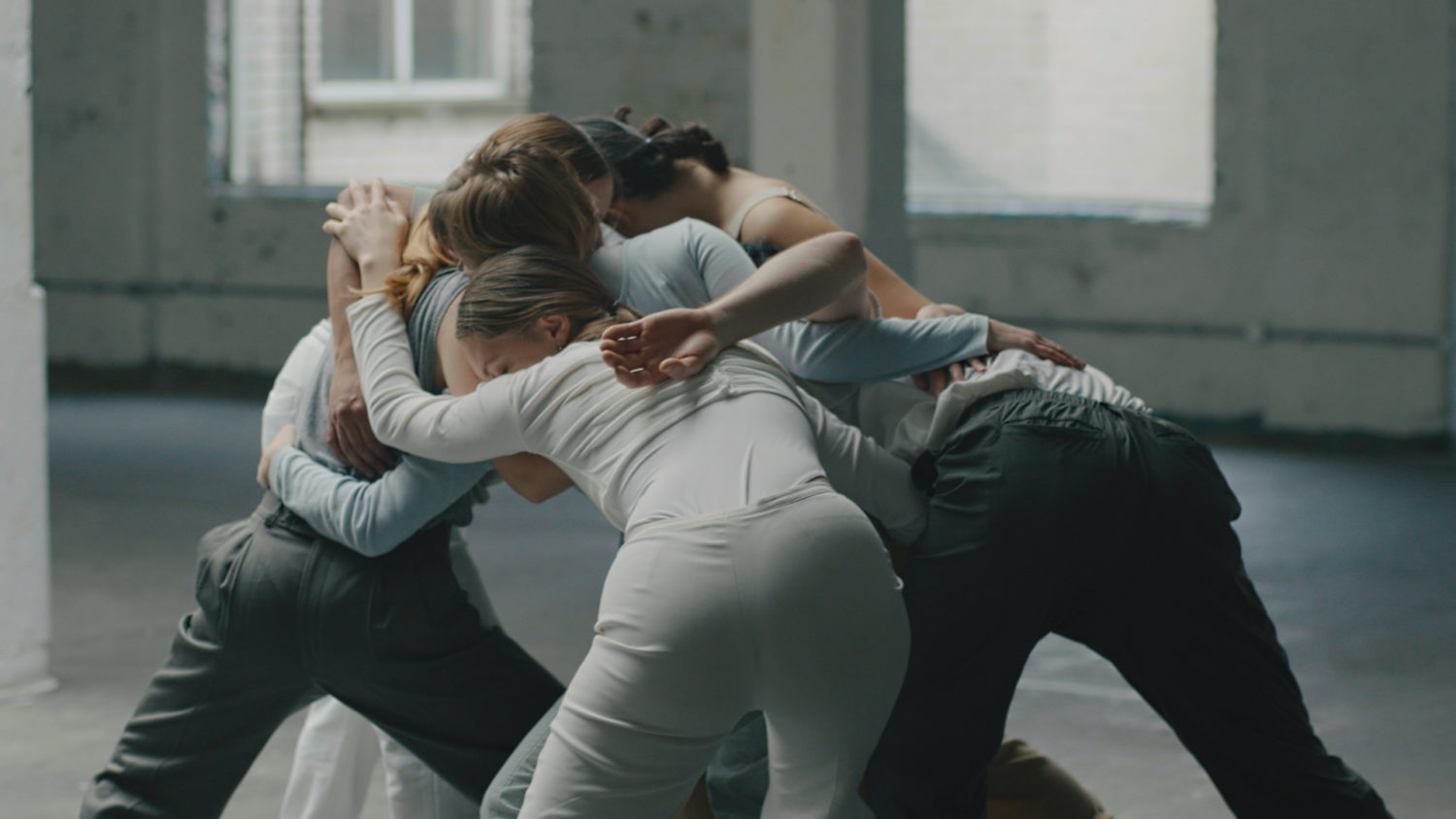
1/6 Plassein, 2022. Film still, Digital HD Video, 16:9, Single Screen, Stereo. 09’19”. Credit: © Alexandra Davenport, 2022
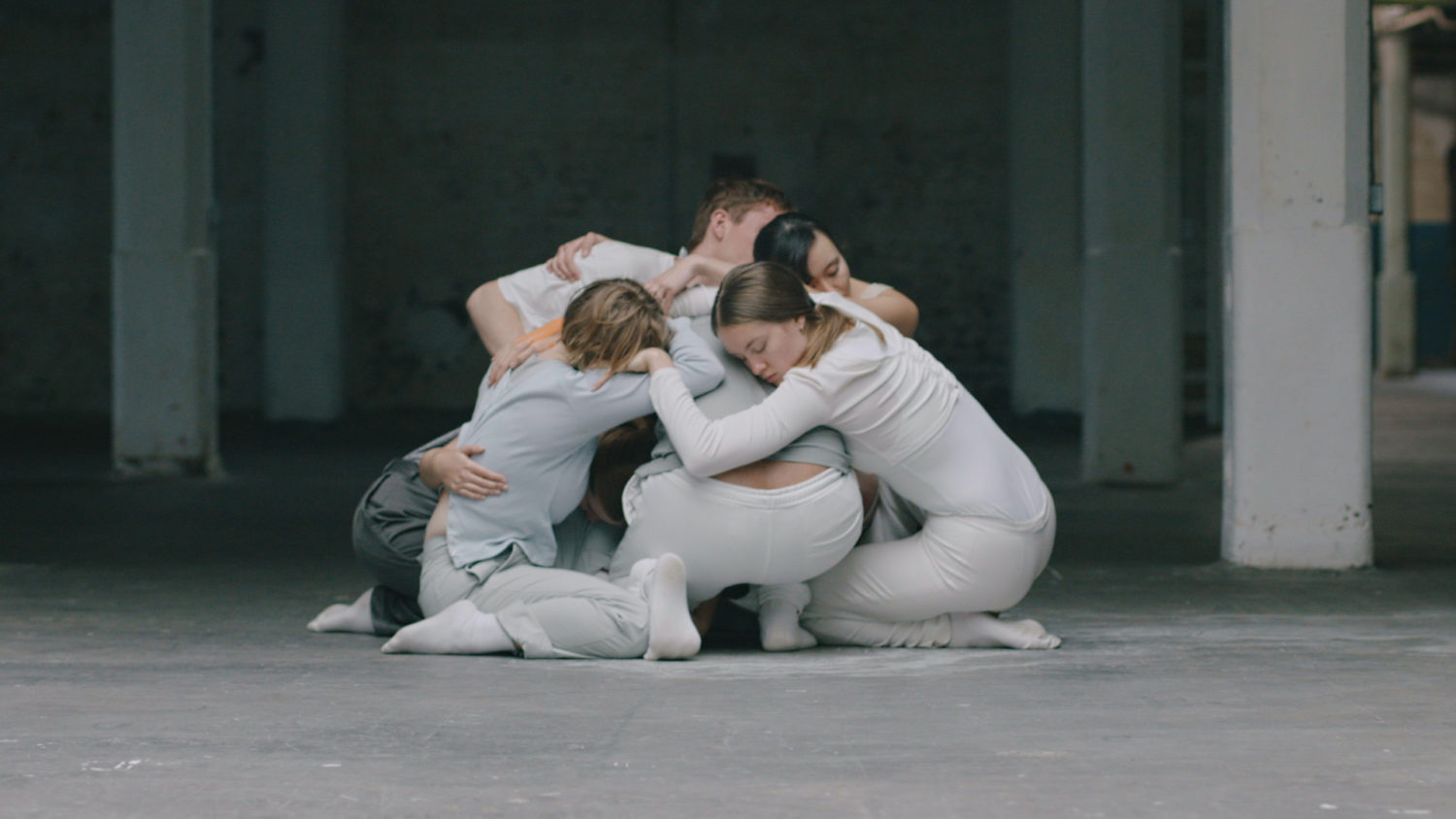
2/6 Plassein, 2022. Film still, Digital HD Video, 16:9, Single Screen, Stereo. 09’19”. Credit: © Alexandra Davenport, 2022
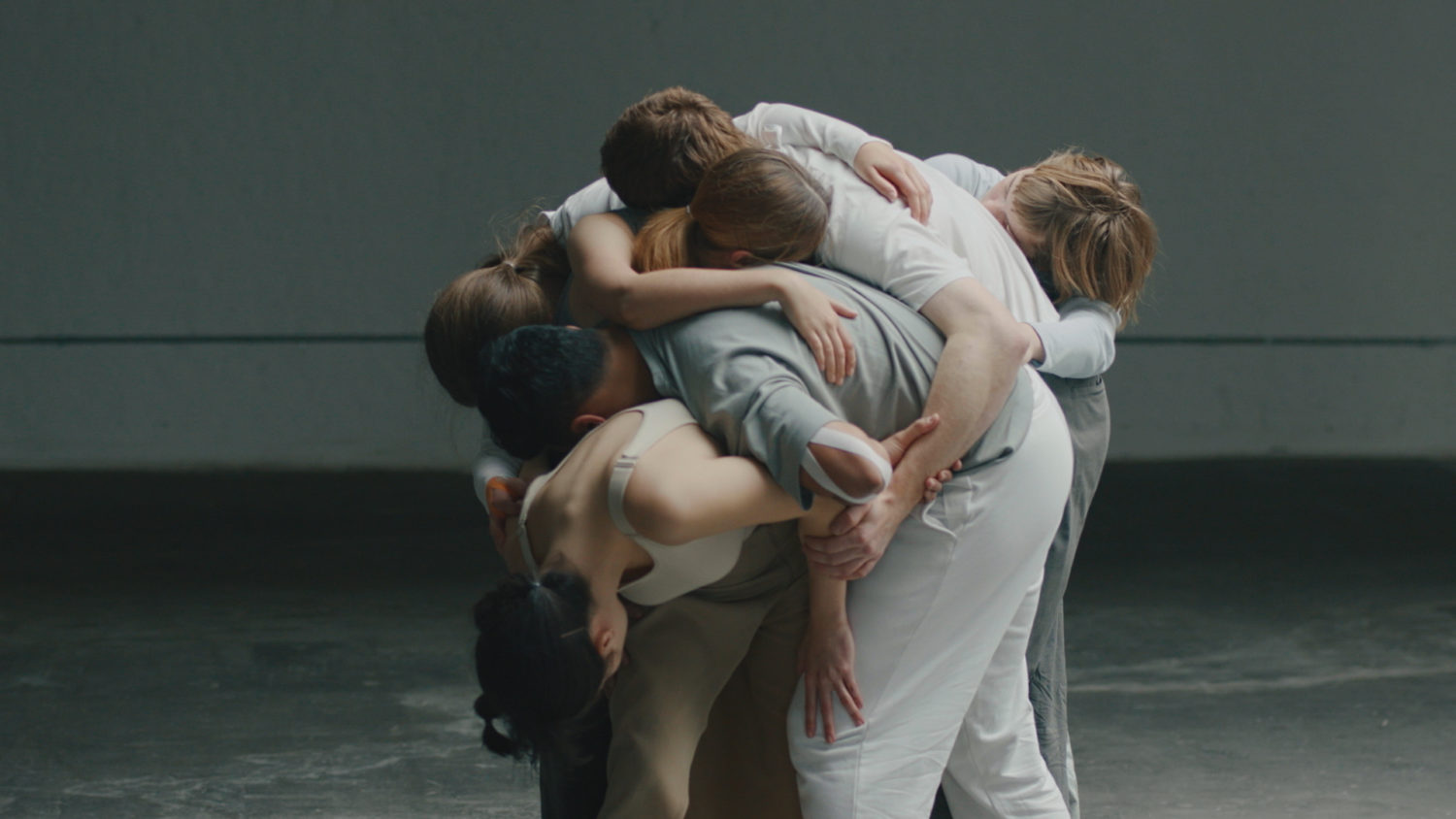
3/6 Plassein, 2022. Film still, Digital HD Video, 16:9, Single Screen, Stereo. 09’19”. Credit: © Alexandra Davenport, 2022
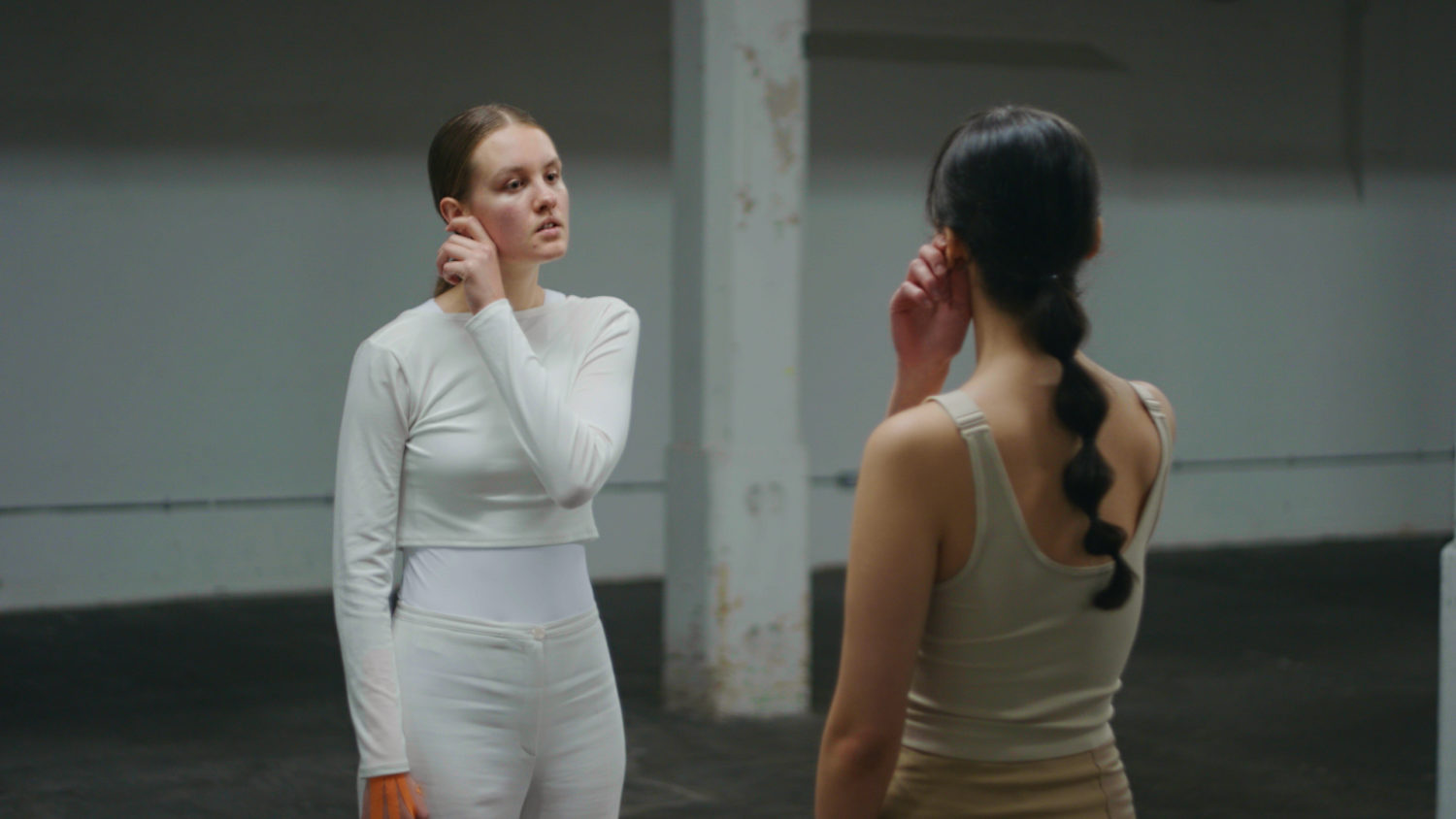
4/6 Plassein, 2022. Film still, Digital HD Video, 16:9, Single Screen, Stereo. 09’19”. Credit: © Alexandra Davenport, 2022
Alexandra Davenport / Plassein / Digital HD Video, 16:9, Single Screen, Stereo. 09’19”
Taking its title from the Ancient Greek verb meaning “to mold or shape”, Plassein is a choreographic interpretation of neuroplasticity using performance and moving image to explore reorganization, adaptation, and growth.
Echoing ideas that plasticity enables the brain to be simultaneously formative and formable, the body is proposed as a site of both knowledge production and knowledge exchange. The performers are continually forming new connections and pathways, working together to hold, fold, weave, curve & hinge. Moving with the body, the camera too becomes a performer – tracking movement but also creating it. The exchange between performers and camera creates a new architectural reality which is in a constant state of transformation.
Felipe Romero Beltran / Dialect / Dialecto
European states have categorised the bureaucracies for crossing their borders. Anyone who avoids or transgresses those controls is subject to an irregular legal condition. During the last decades, each EU state has enforced its own immigration laws to regulate and control the movements of immigrants who enter their territory. If a person enters irregularly into Spanish territory, and he or she has not reached the age of majority (according to a sworn declaration and medical controls), the custody and control of the immigrant remains in the hands of the state. Such custody and control are exerted through a dedicated Centre, an internment building that houses immigrants in the same condition. Once the immigrant is legally declared an adult, he or she must wait one to three years to normalise his or her legal status in the country.
Dialect begins within a group of young immigrants who have recently crossed the strait (the maritime border between Morocco and Spain) avoiding border controls. In Seville, they have settled while their legal situation is solved or diluted.
The work is divided in two parts; The first is a photographic series of the daily life and the expectations of this group in Seville. The photographs explore different experiences, where the body enters into dialogue with memories and the long time spent on the waiting period in Spain.
The second part is a video recording, where an action is performed: to read the first four pages of the Spanish immigration law, the document that regulates and controls their migration status.
In the images
Abdoulaye Ndgue, Monir El Komairi, Hamza Gharnili, Zakaria Mourachid, Habib Houari, Mohamed Reda, Mohamed El Azzaoui , Simo Rifi, Younes Braiki, Abdel Mounaim, Hamza Chabouni, Youssef Elhafidi, Bilal Siasse, Aziz Chinni, Soufiane Nafge, Bader Zbira
Douglas Mandry / The Waters In-Between
The Waters In-Between delves into the shifting of natural resources by human intervention as well as the notions of borders and boundaries. Every year, dozens of corals and other alive or dead, legally protected, specimens of flora and fauna are seized at the Swiss airport border. Stored in a governmental space in Bern, these corals are neither allowed to cross the Swiss borders nor to return to their country of origin. Coral reefs belong to the most biodiverse underwater ecosystems. Moreover, by storing up to centuries of climate history indicated by their chemical compositions, corals are keyholes to the past. These endangered specimens carrying history and function remain frozen in space. Sand can be purchased online. For concrete’s production crucial, concrete ties to the ideas of modernism and the massive displacement of natural resources. As permanent, erratic concrete sculptures, the corals cross worlds and borders. Therefore, existing between the factual and imaginative status of their origins, between their pasts and their possible future journeys, The Waters In-Between invite for reflection and imagination on the notions of borders and boundaries. For The Waters In-Between, Douglas Mandry convinced the Swiss authorities to grant permission for corals to cross the Swiss border to create their concrete replica with help of a 3D infrared scanner. In the continuity of his artistic practice, The Waters In-Between is a process-based intervention exploring representation and understanding in a technologically accelerated reality.
Katja Stuke & Oliver Sieber
As part of our longterm project “La cartographie dynamique”, we have mapped parts of New Silk Road, whose infrastructure stretches from the People’s Republic of China across Europe and connects with places like Duisburg, Paris, Rotterdam, Liege or Mannheim. Besides other works we created 24 photographs called “Gestures” by juxtaposing historic and recent material, photobooks, post cards, encyclopaedias, maps and own photographs to visualise the longterm connections. In early 2022 Putin’s attack on Ukraine made it clear how fragile and vulnerable these global connections are, and how a violent conflict like this will have a direct impact on the rail link.
»The final itinerary of their work was made during the pandemic in which the rapidly spreading virus flawlessly demonstrated the dependence of countries in relation to world trade. Again, we realise how global events have an impact on how we see the world and also affect each one of us in more personal ways.«
Malgorzata Stankiewicz / Viriditas XXI
Viriditas XXI is an exploration of alternative ways of environmental storytelling and relating to the more-than-human living world beyond the nature-human dichotomy. It addresses the phenomenon of aquatic hypoxia observed in the Baltic Sea – the world’s largest man-made dead zone of nearly 60 000 km2. The project encompasses a series of unique cyanotype transfers onto wild ahimsa (peace) silk of modified satellite images from the European Space Agency & NASA, alongside a polyperspective narrative blending fictional and nonfictional elements. Viriditas XXI will be concluded with a publication of the same title, due in late spring 2022.
All exhibitions run from 19 March till 22 May 2022
Bodies in (e)Motion – Kunstverein Ludwigshafen
Collective Minds – Port25 – Raum für Gegenwartskunst, Mannheim
Shaping Data – Wilhelm-Hack-Museum, Ludwigshafen
Changing Ecosystems – Heidelberger Kunstverein
Narratives of Resistance – ZEPYHR Mannheim – Raum für Fotografie in den Reiss-Engelhorn-Museen, Mannheim
Contested Landscapes – Kunsthalle Mannheim
Mannheim & Heidelberg Hauptbahnhof
Events
Given the current Covid-19 restrictions in Germany, a modest opening is planned for Friday 18 March, which will be followed by a weekend of short introductions in each of the exhibitions.
On Friday 1 April, a full day of online conversations and a peek into some of the exhibitions awaits (registration required, free access).
On the weekend of 2 and 3 April, curator Iris Sikking will give guided tours through each of the six exhibitions.
On 13 May, 14 May and 15 May, curator Iris Sikking and the team of the Biennale für aktuelle Fotografie cordially invite you to the International Artists Weekend with an extensive programme of talks and tours. If you want to travel to the Biennale from abroad, this might be the best time to visit!
Catalogue
At the opening of the Biennale, the publication From Where I Stand will be presented, for which curator Iris Sikking has written a text as an introduction to the theme and the development of the concept for the Biennale. Furthermore, the book includes images and descriptions of all the selected projects.



